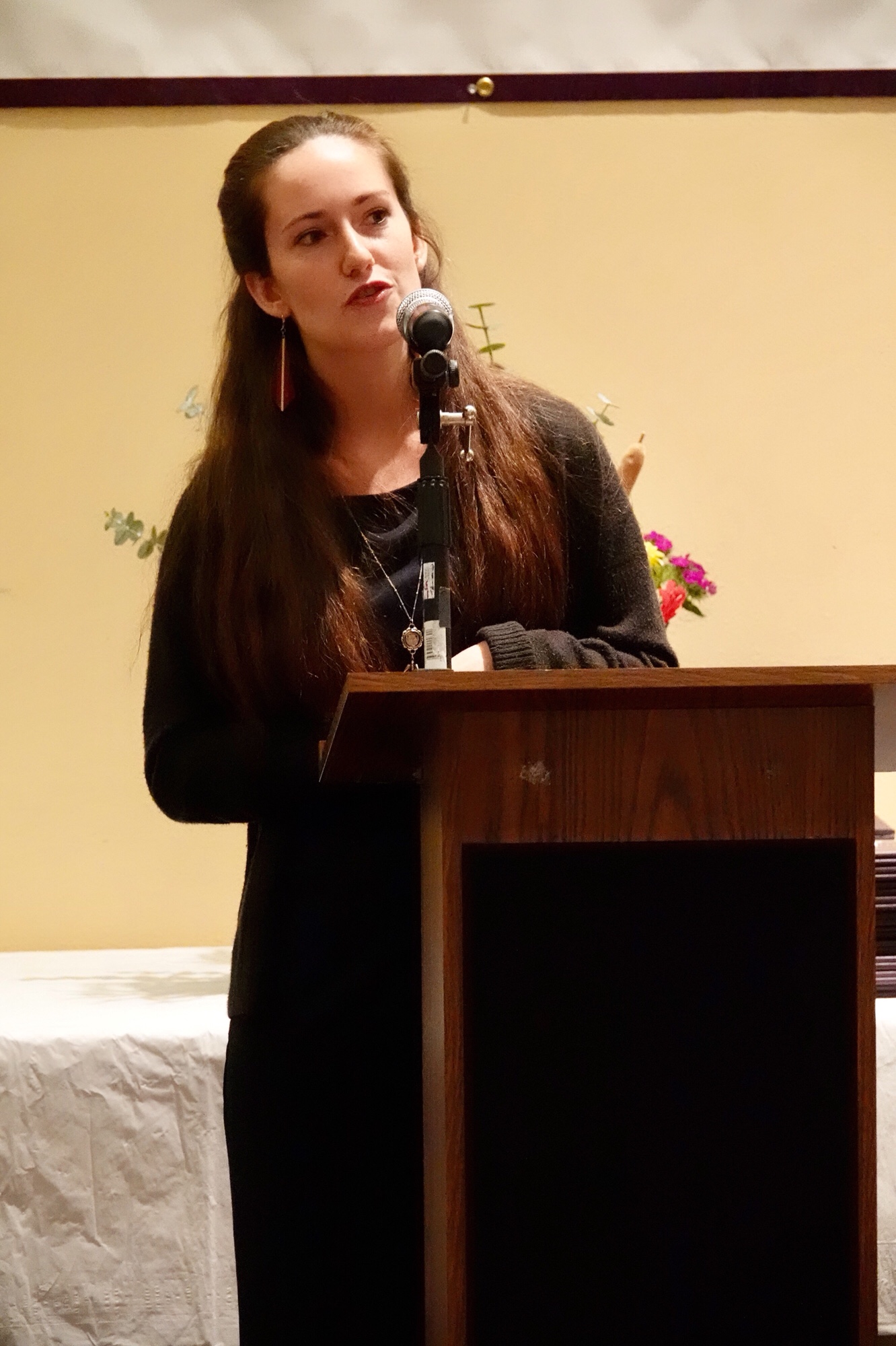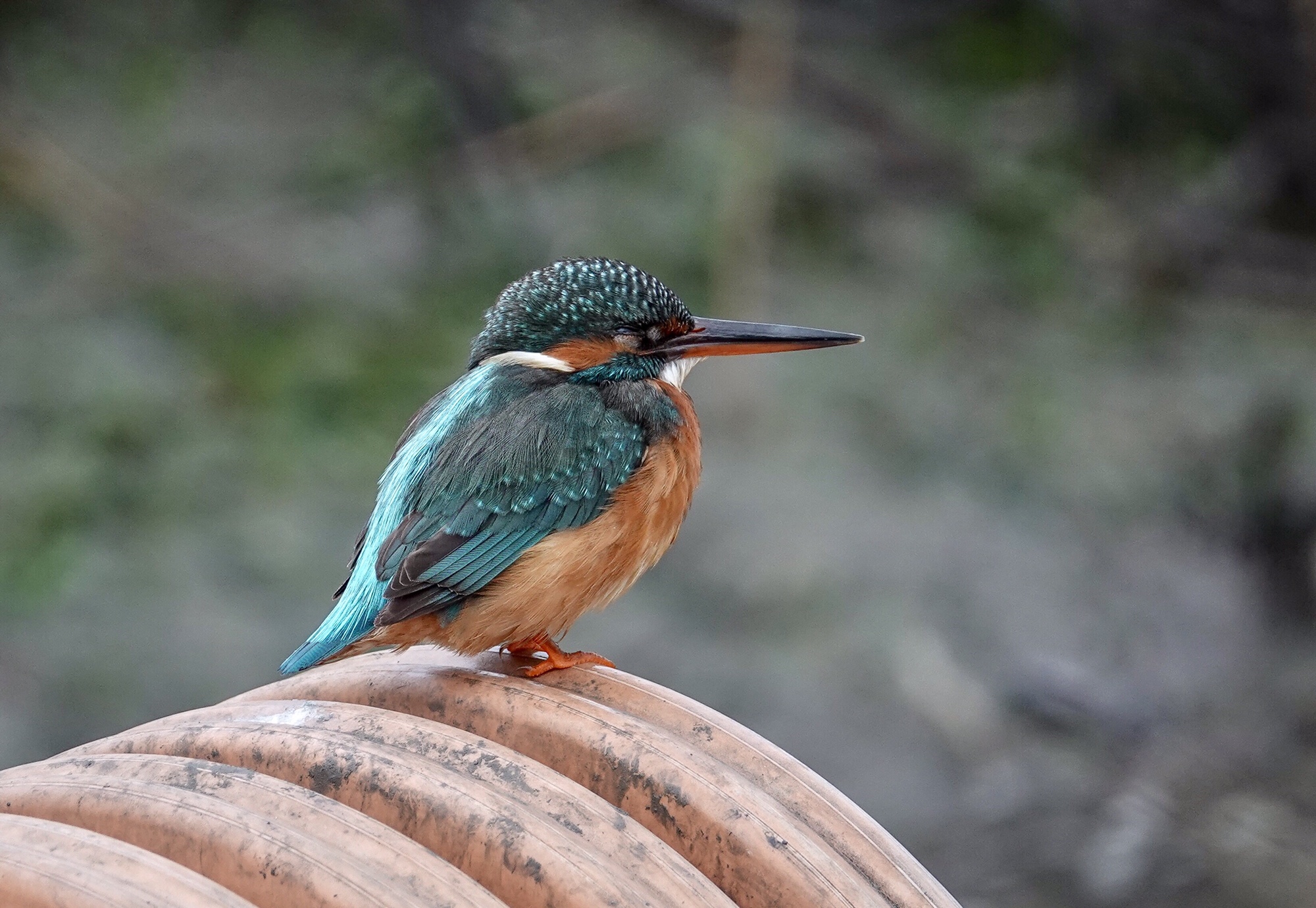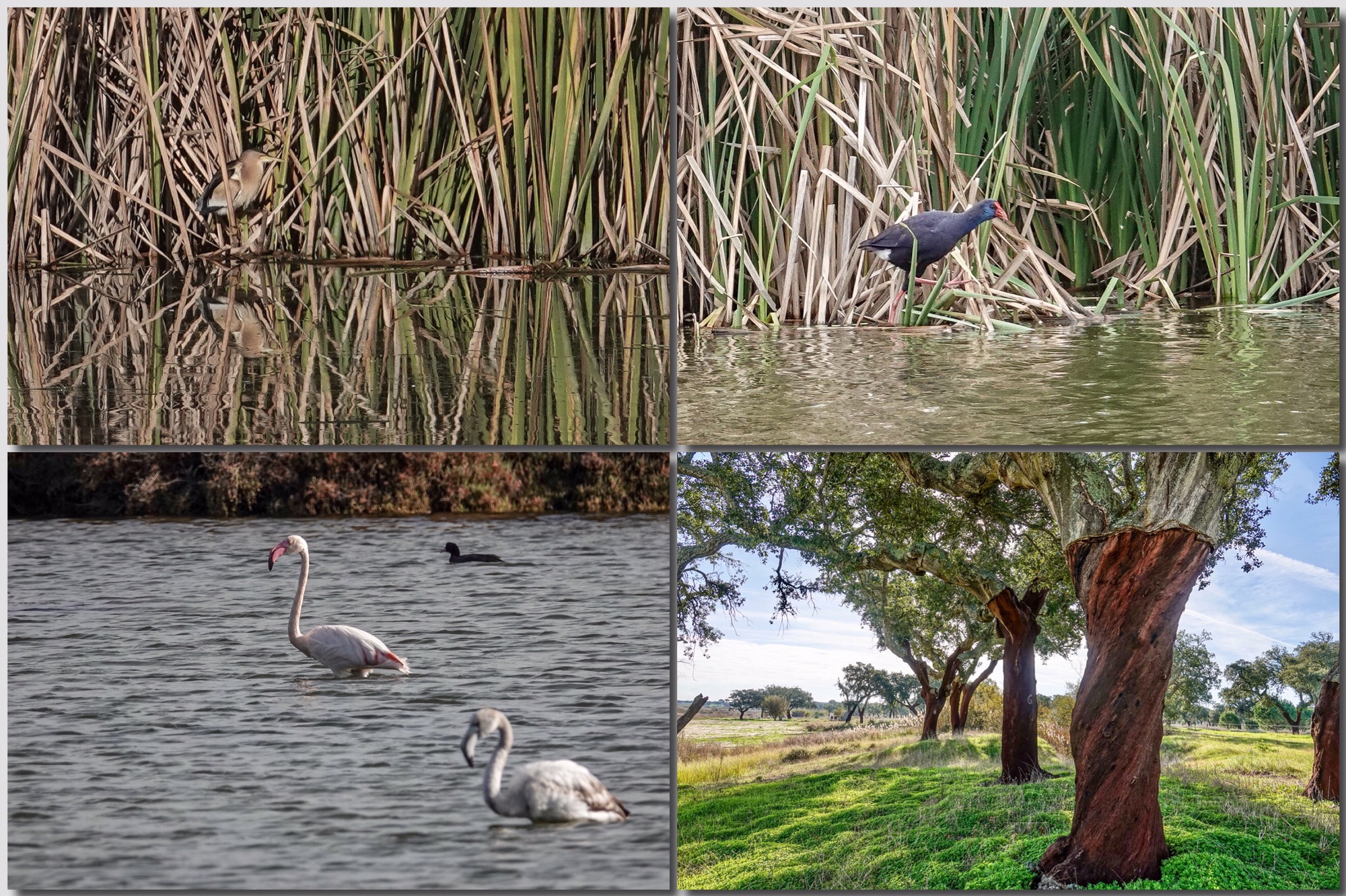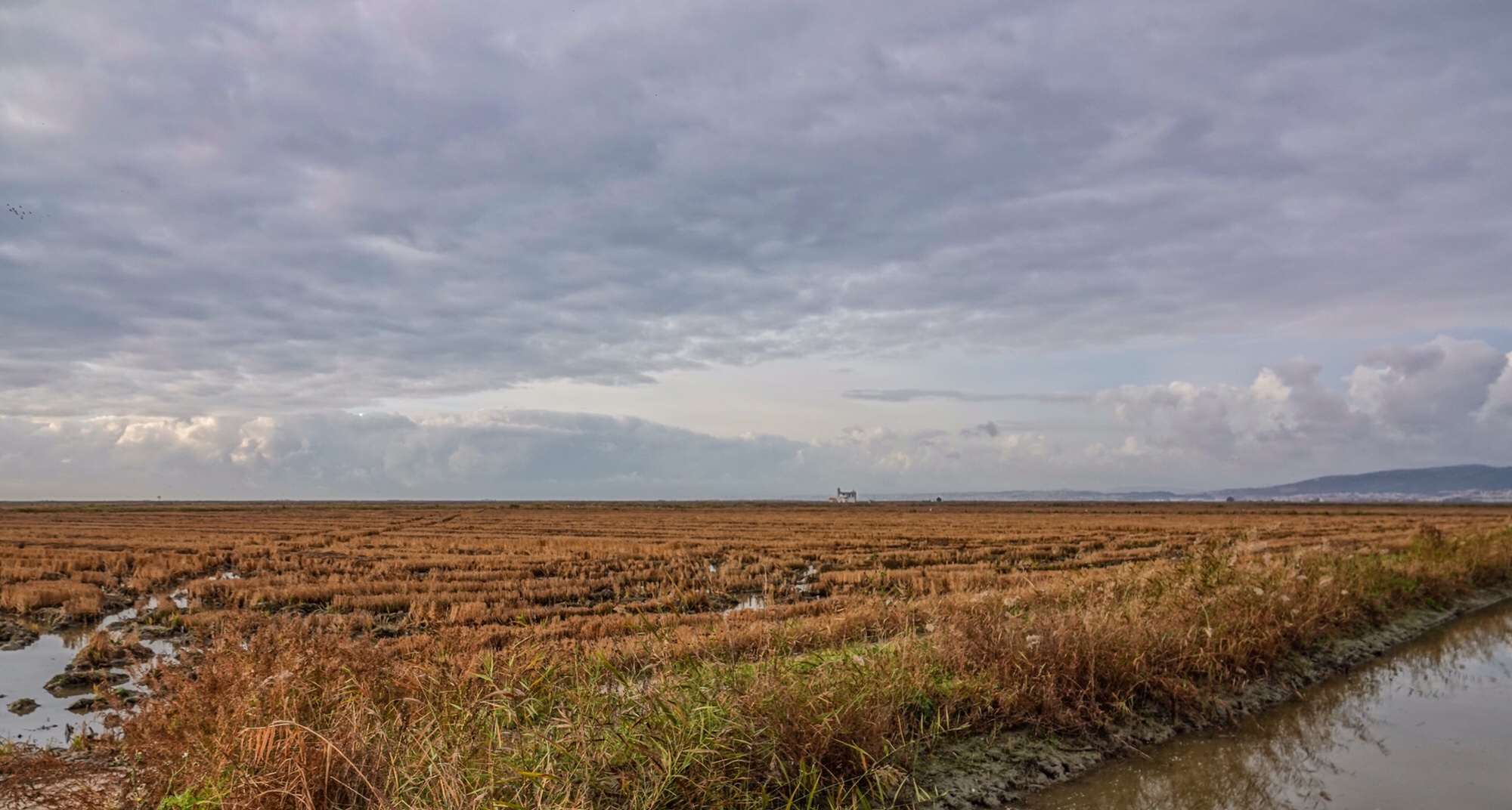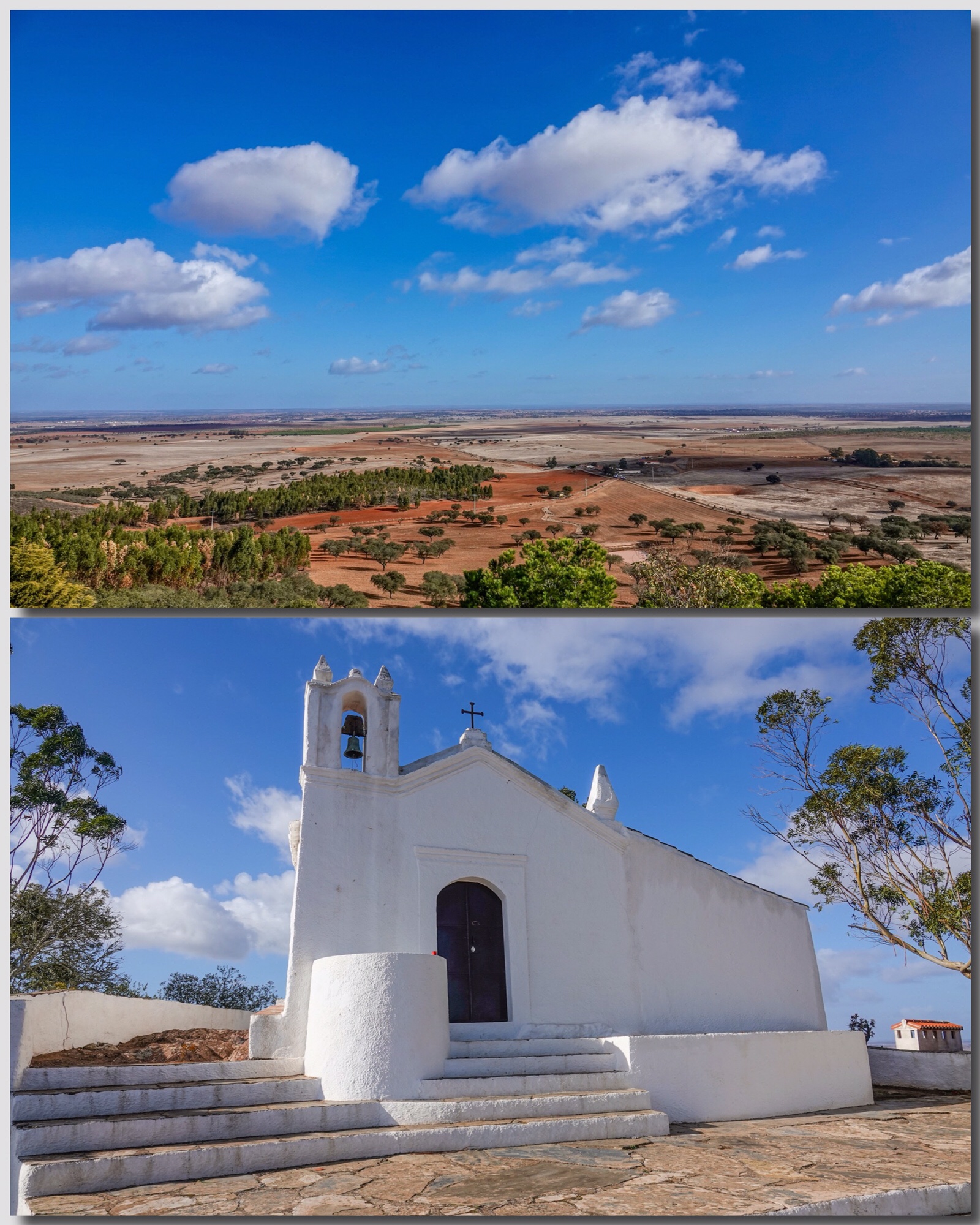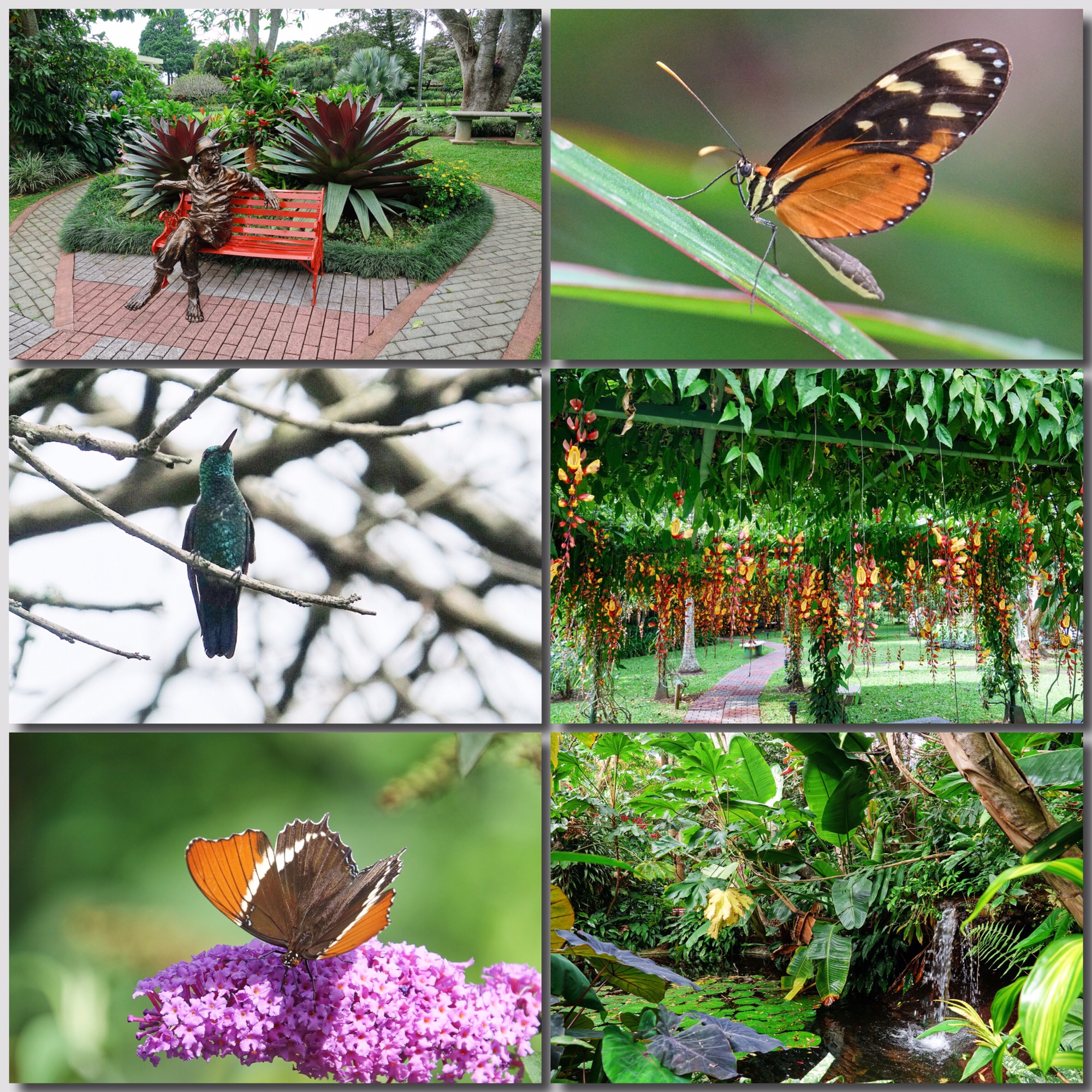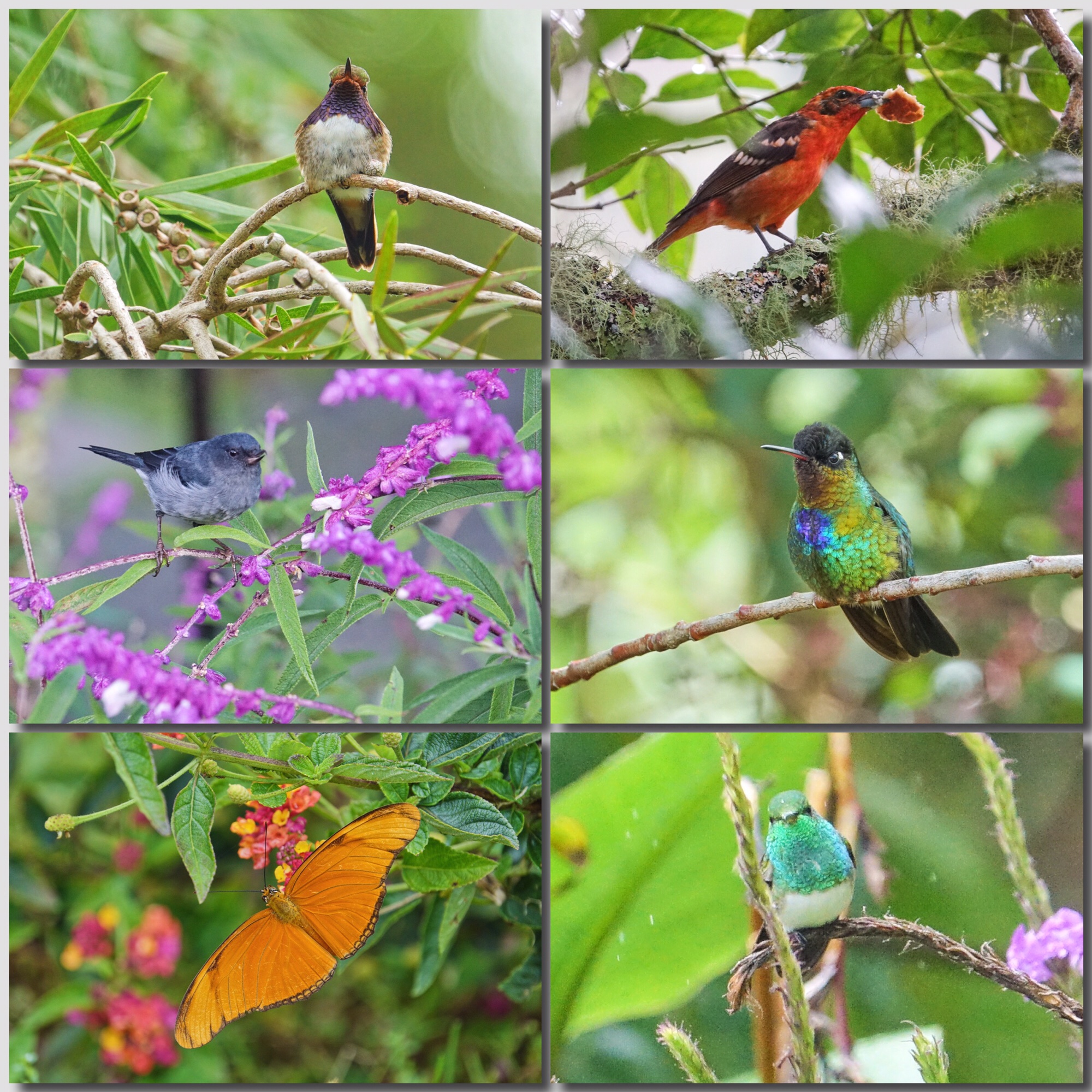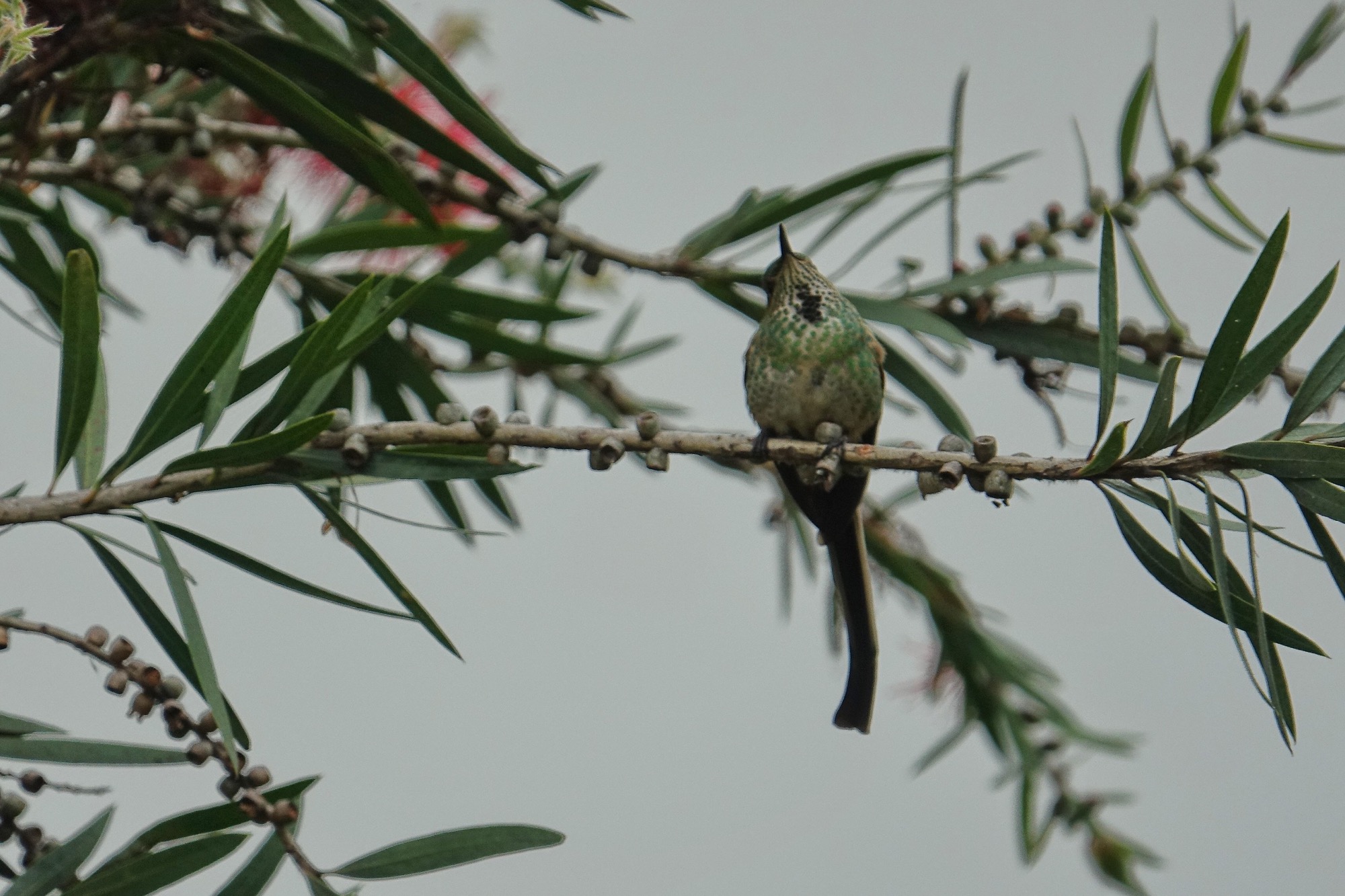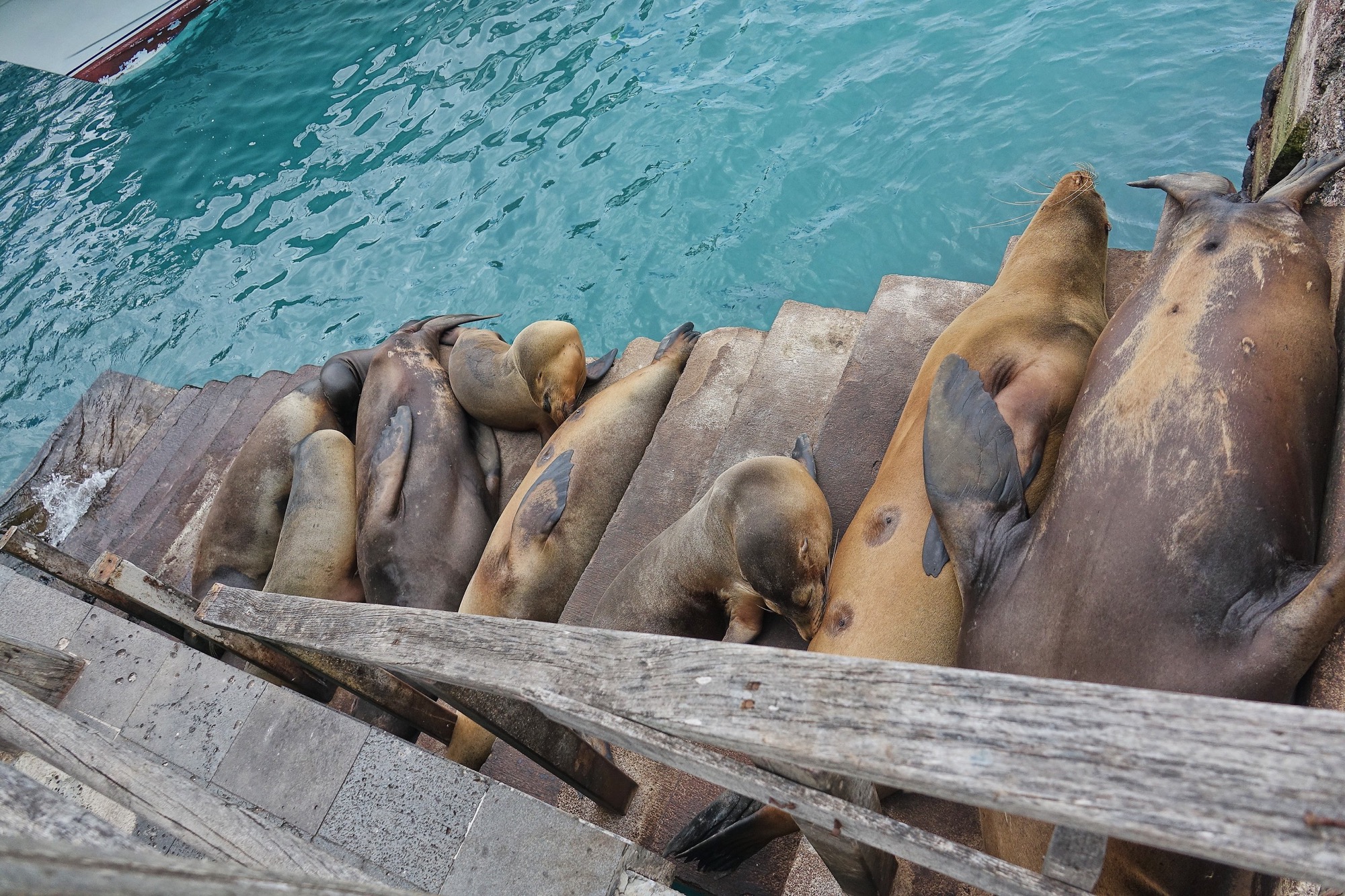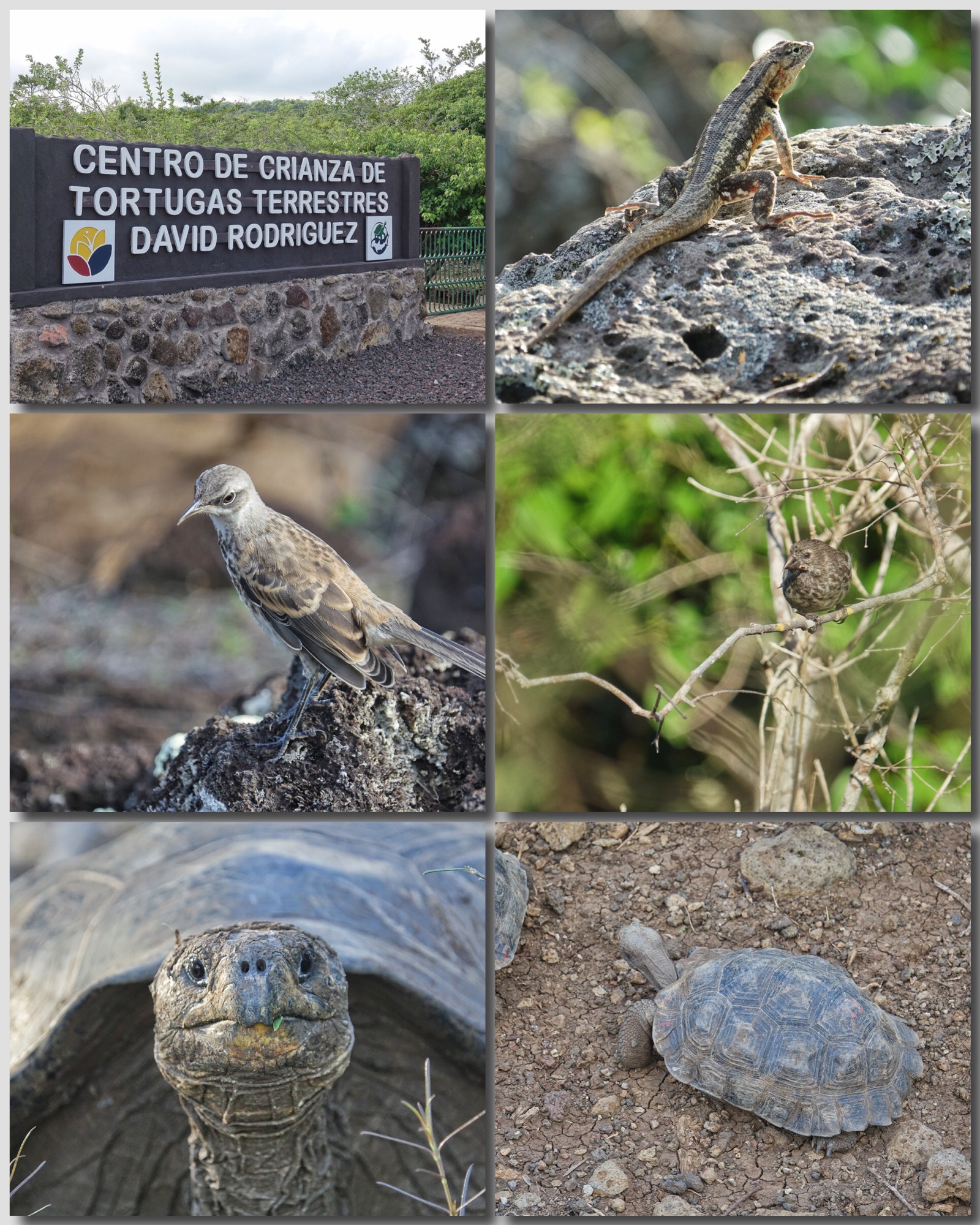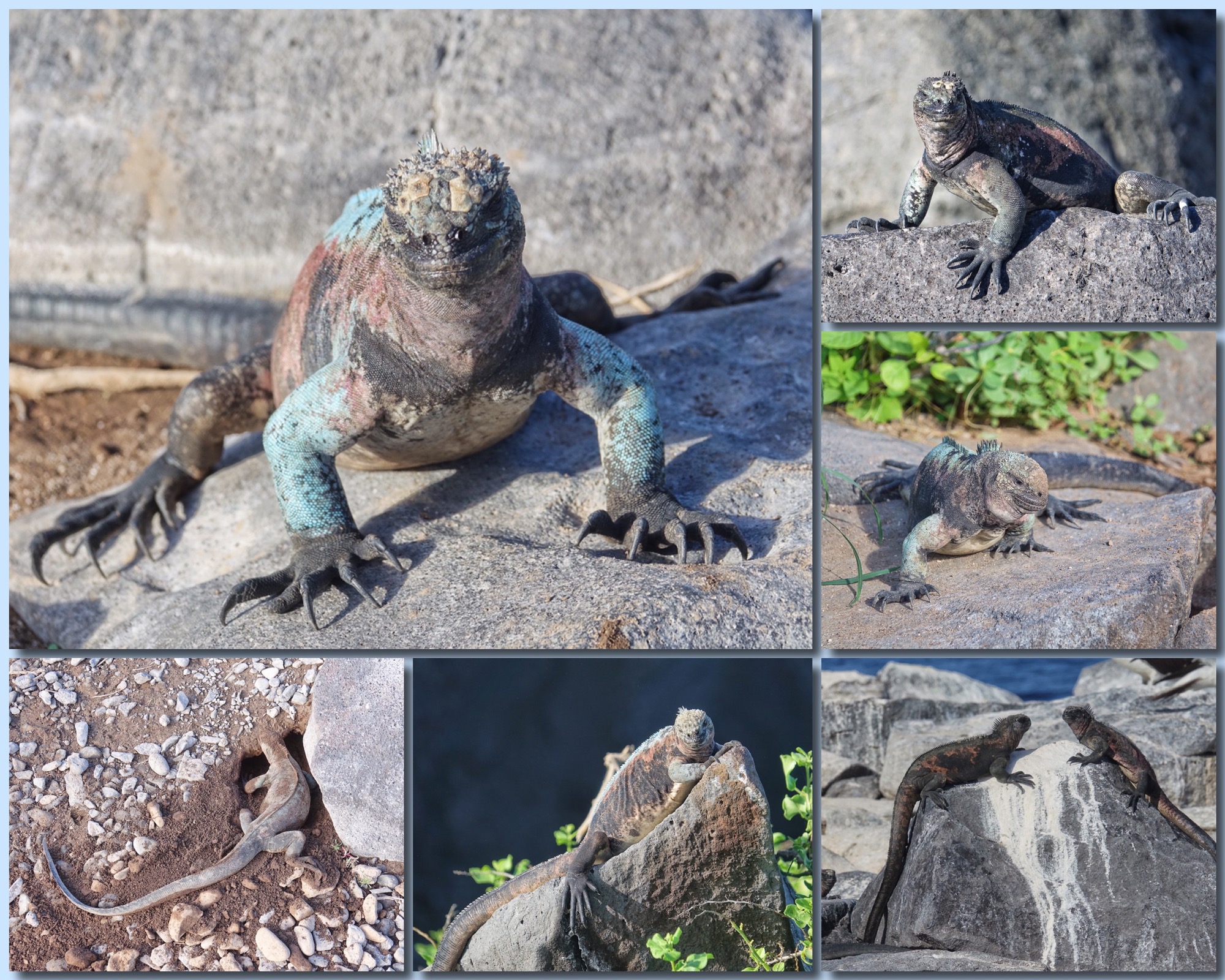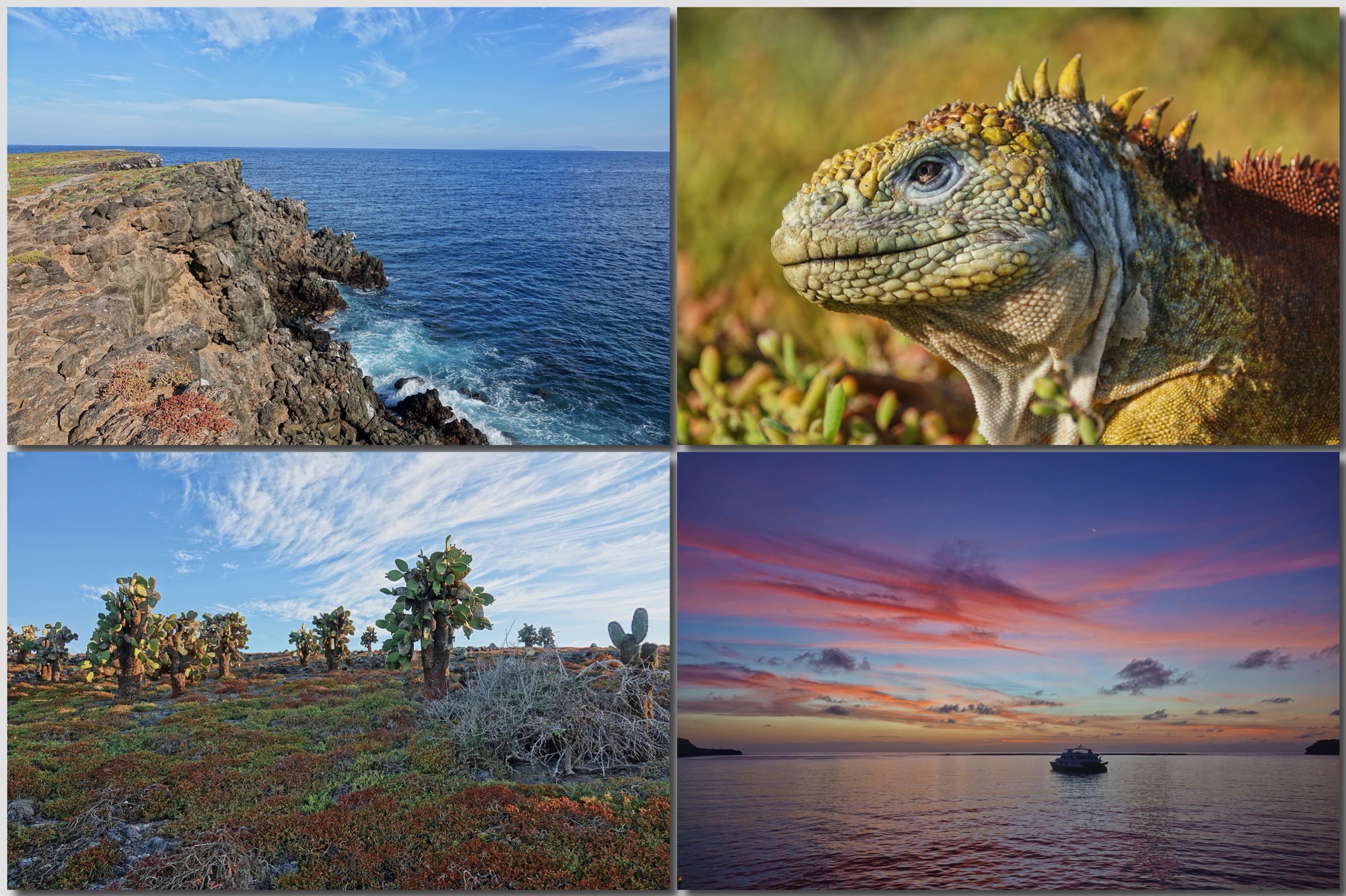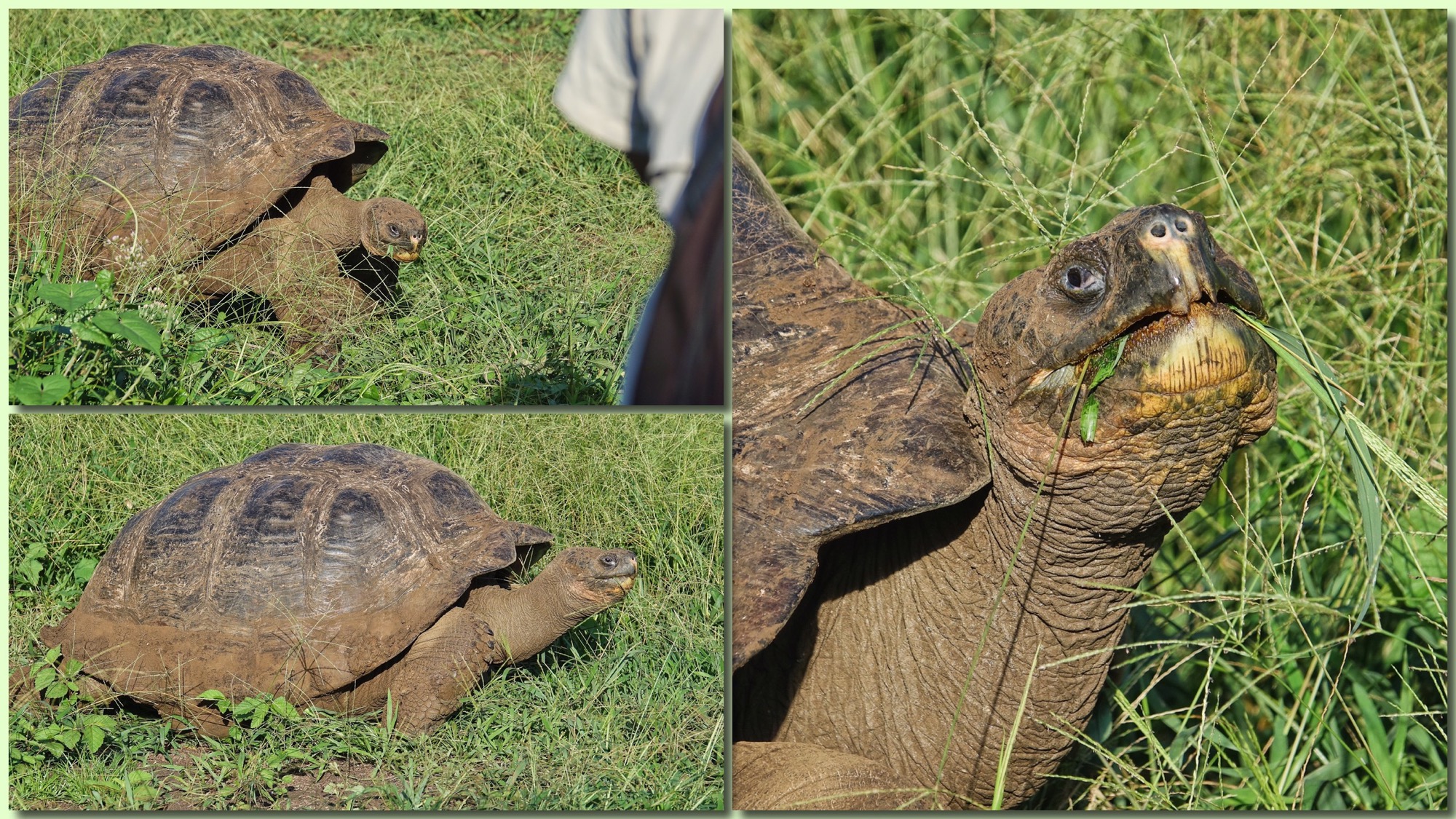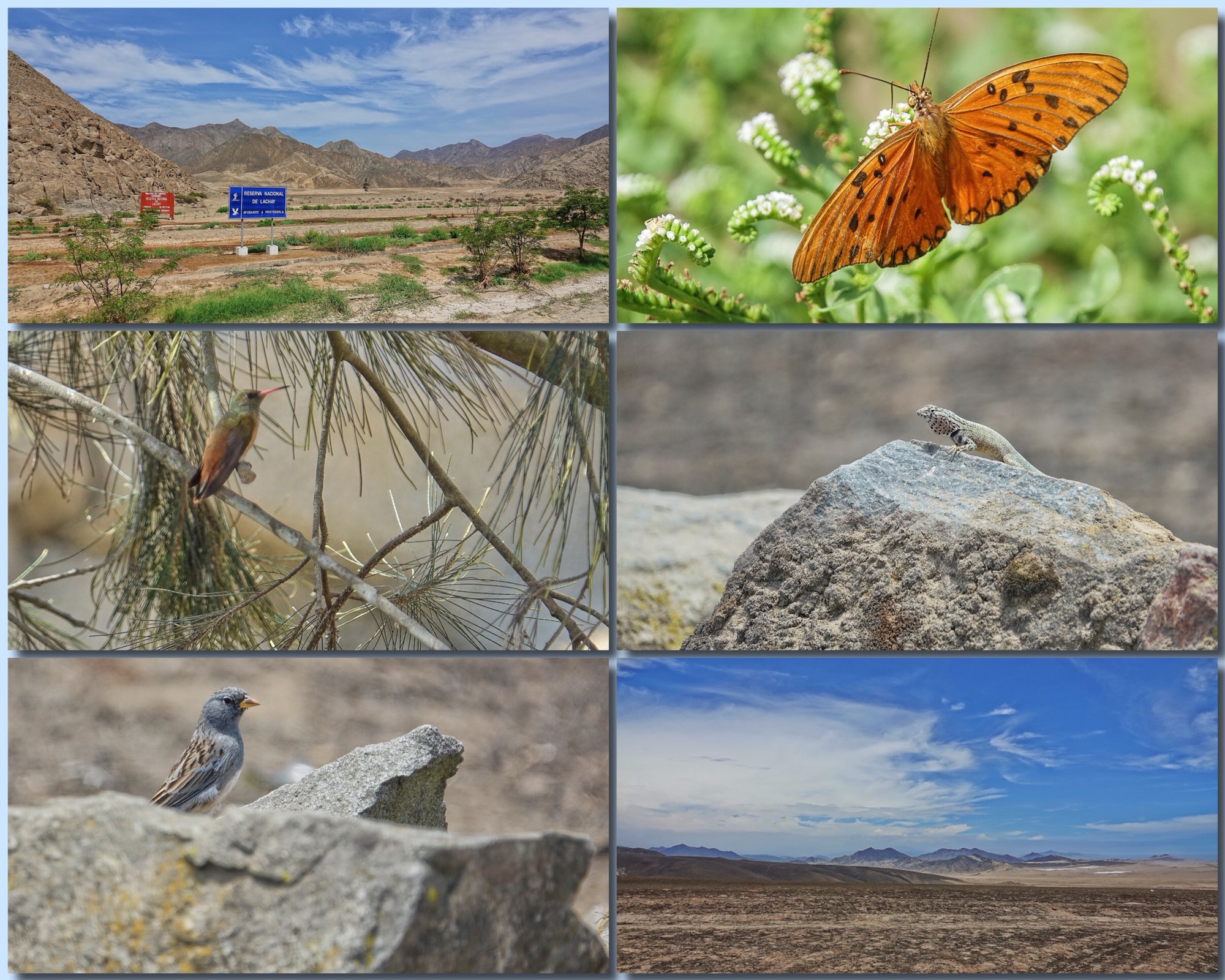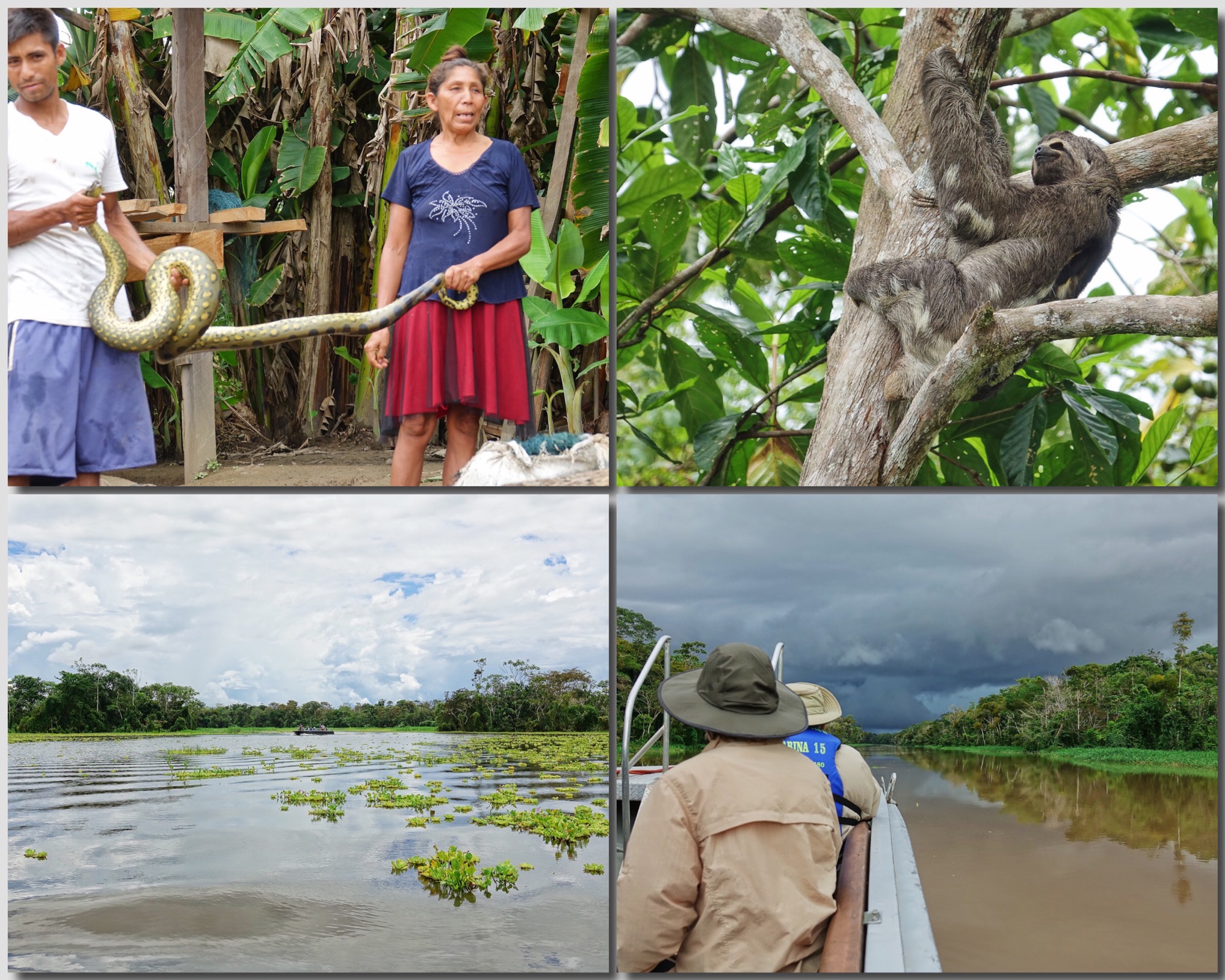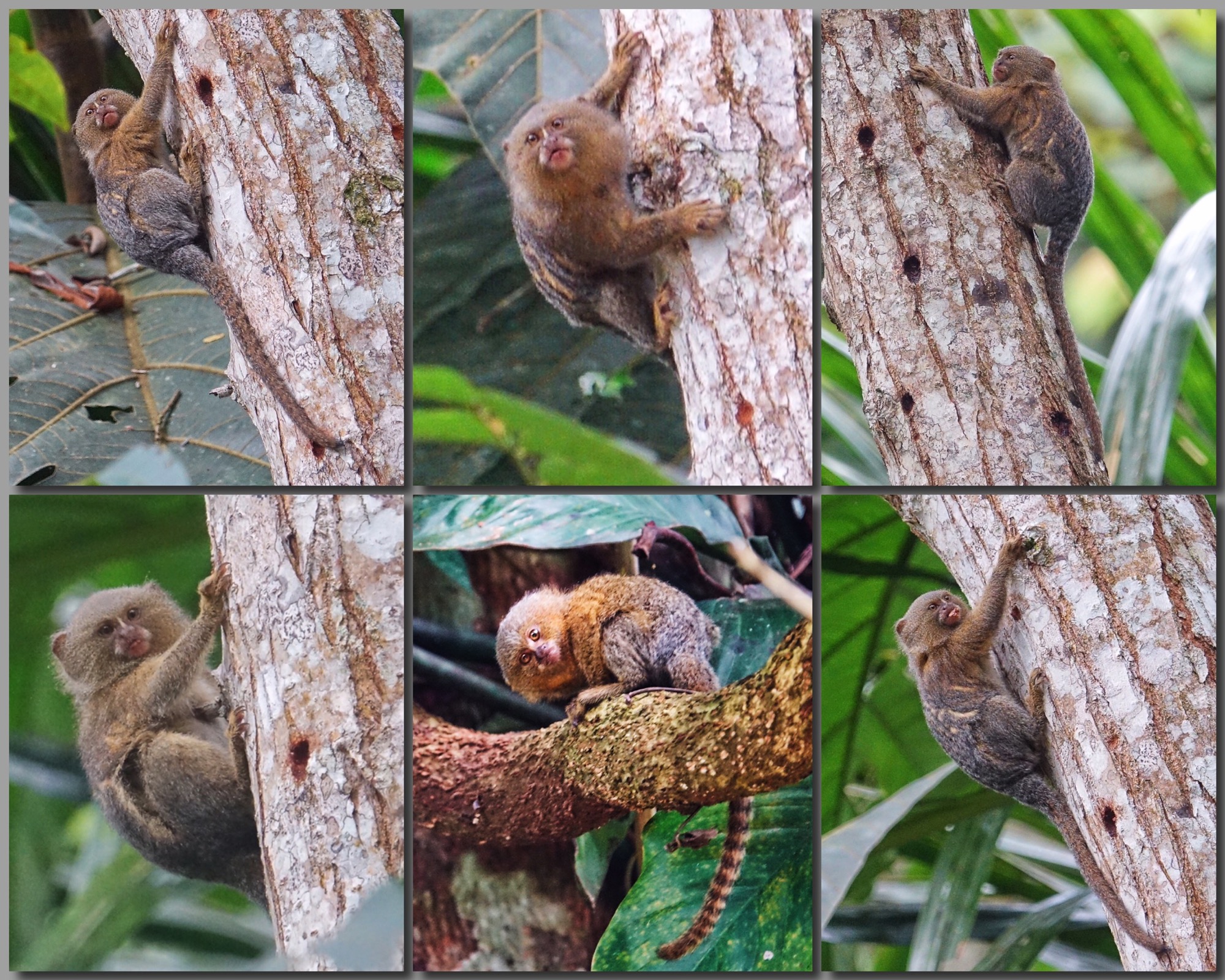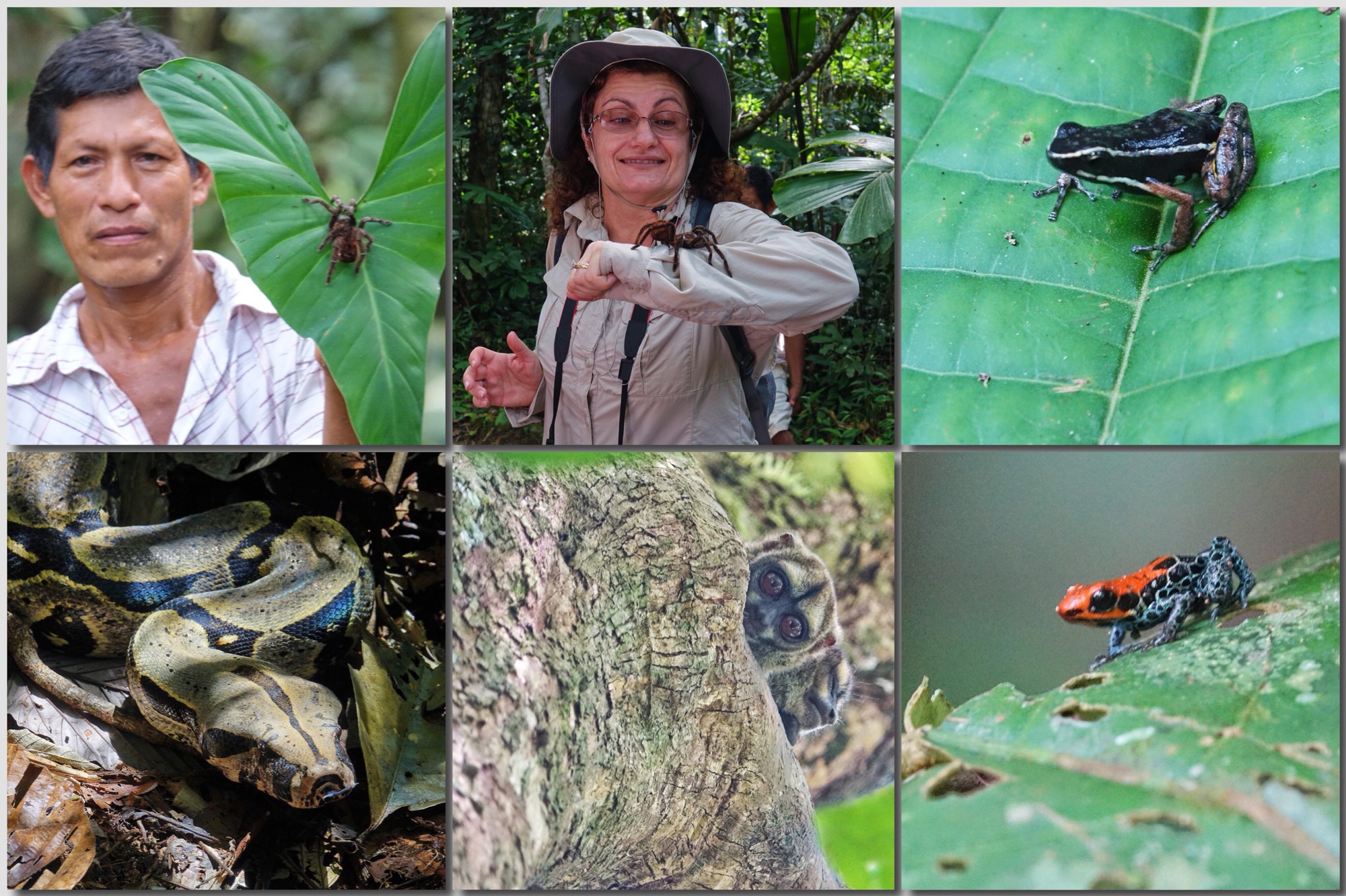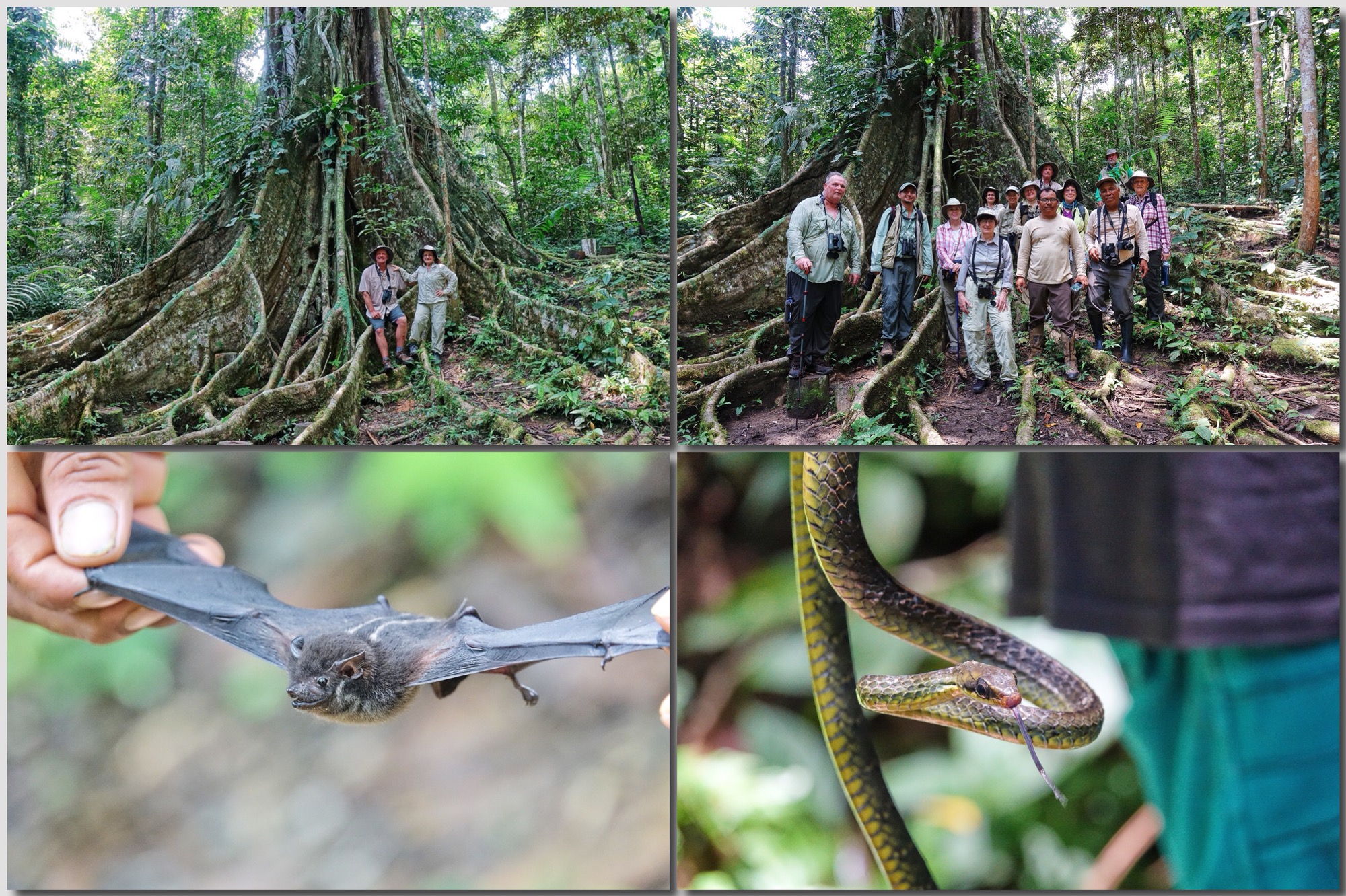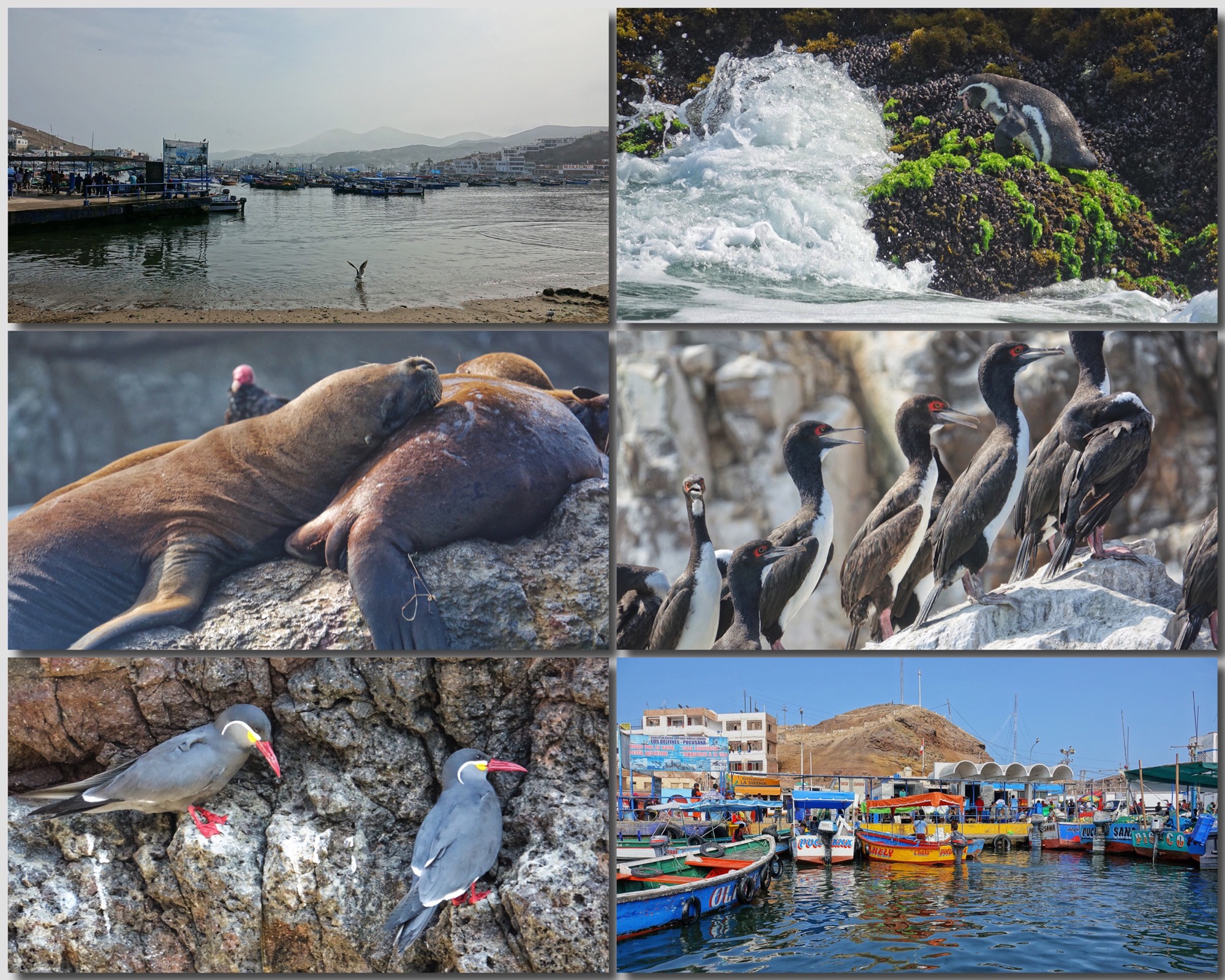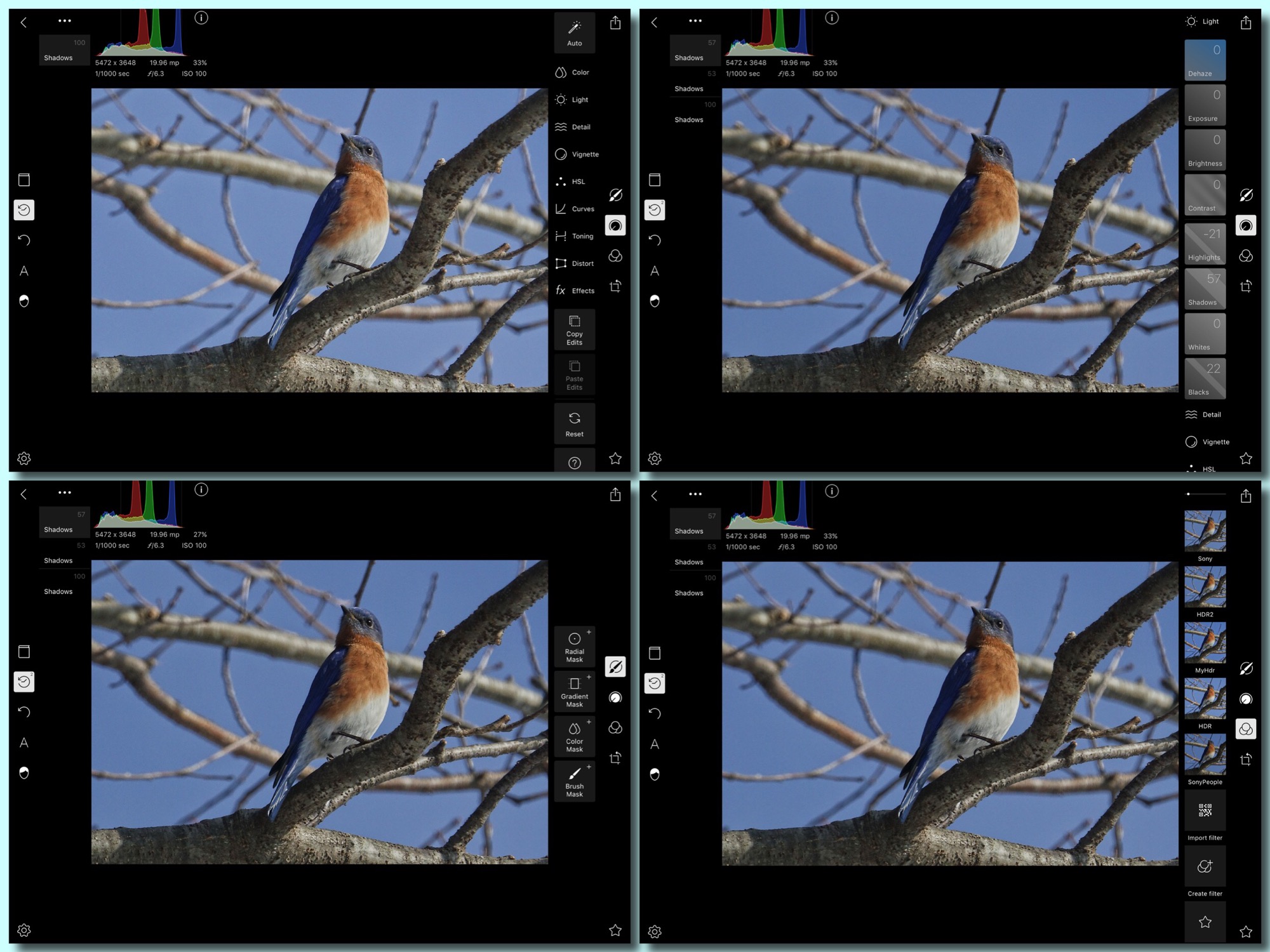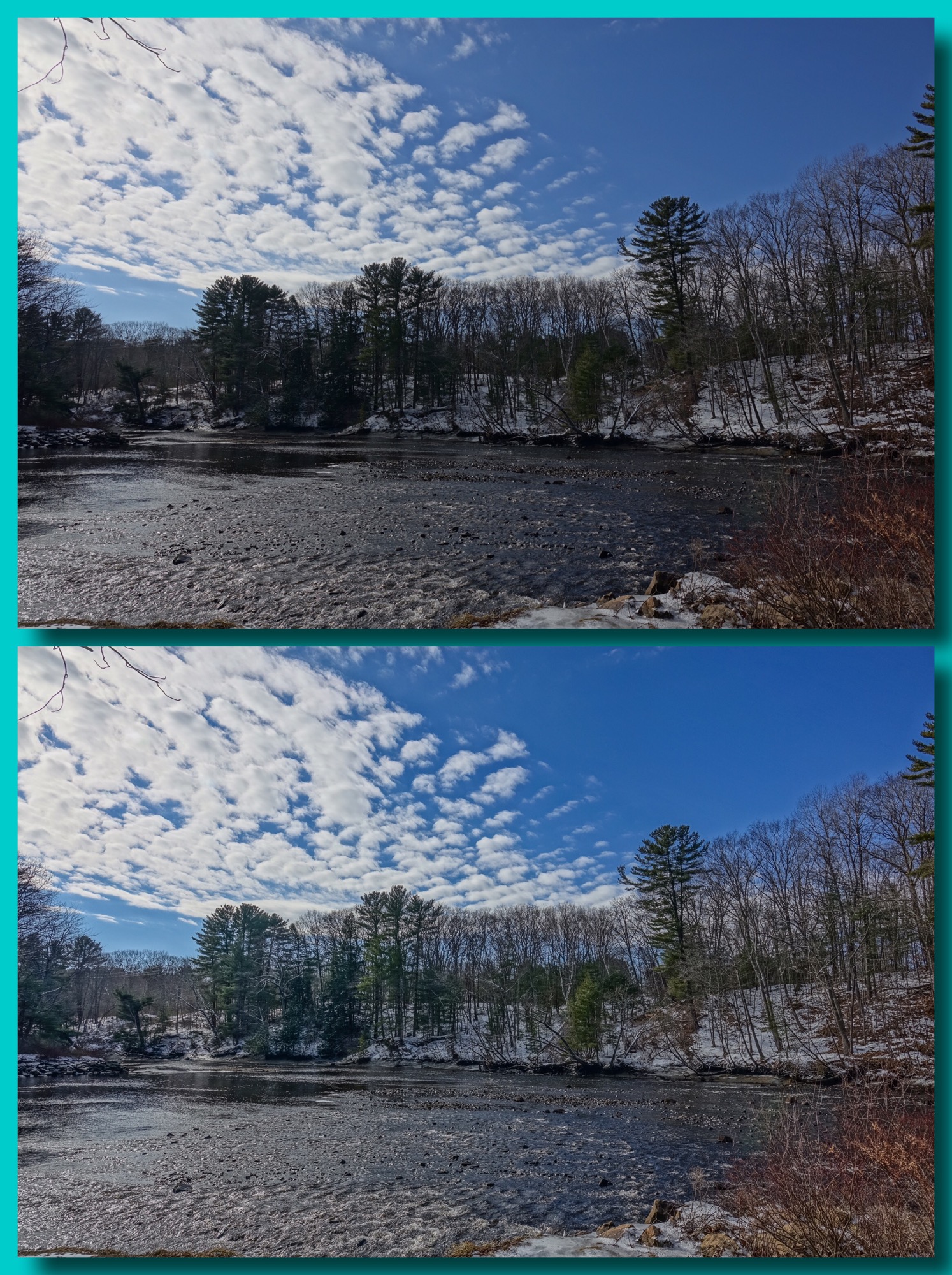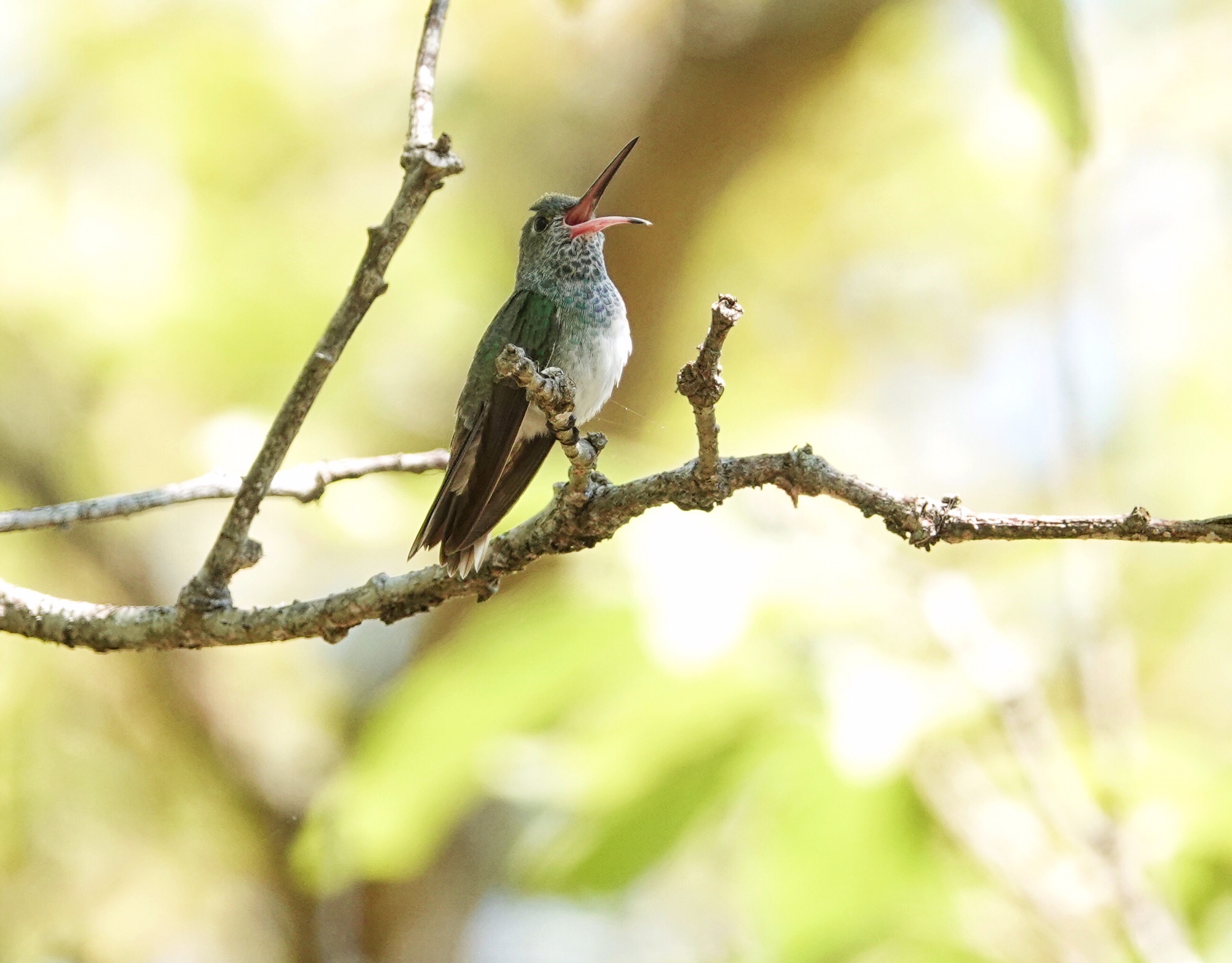
Last September I began to plan a kind of “grand tour”, birding and photographic, of Honduras. I wanted to see some of the places I had not seen yet in my 7 trips to the Lodge at Pico Bonito, two of which also included a few days at Panacam Lodge in the highlands near Lake Yojoa. The Lodge at Pico Bonito is, without doubt, the best known birding destination in Honduras, and wonderful place to base a birding tour. But it is not the only place worth visiting by far.
My tour was arranged and sponsored by Honduran Birds and its owner Alex Alvarado, and scheduled for May when Alex would have time for me. I had met Alex on my short extensions to Panacam in the past, and knew him to one of best birders in Honduras. What I did not know was that his company, Honduran Birds, provides guiding and logistics for just about all the major international birding and nature tour companies when they visit Honduras. If I listed the tour companies he works with, it would read like a “who’s who” of international birding tourism. You might book a Honduran tour with a big name tour company, but aside from the equally big name company guide, chances are very good that your experience in Honduras will be provided by Hondruan Birds and Alex Alvarado.
Alex met me at the airport in San Pedro Sula when I got off my noon flight, and we drove to Copan Ruins. On the ride I reminded Alex that this was, at least in part, a photographic adventure…and that high quality images of a few birds were just as important as the number of species seen. I had with birded with Alex before around Panacam and I knew him to be very intense in the field. He assured me that he would adjust the pace to suit me. He planned to bring his own camera and concentrate on photography as well. He was as good as his word, and we enjoyed some great photo ops on the trip that would have tried the patience of a hard-core birder, but were ideal for me.
Due to road construction, we did not get the the hotel outside Copan itself until supper time. I stayed at the Clarion Hotel, while Alex drove back to his home in a near-by village. That evening I had my first experience with Mayan culture, as there is a small excavated ruins right next to the hotel property. A short walk took me back centuries, and I enjoyed wandering the paths through the excavations. There was a guide there, but as there was no real overlap between his few words of English and my few words of Spanish I had to rely on the by-lingual interpretative signs.
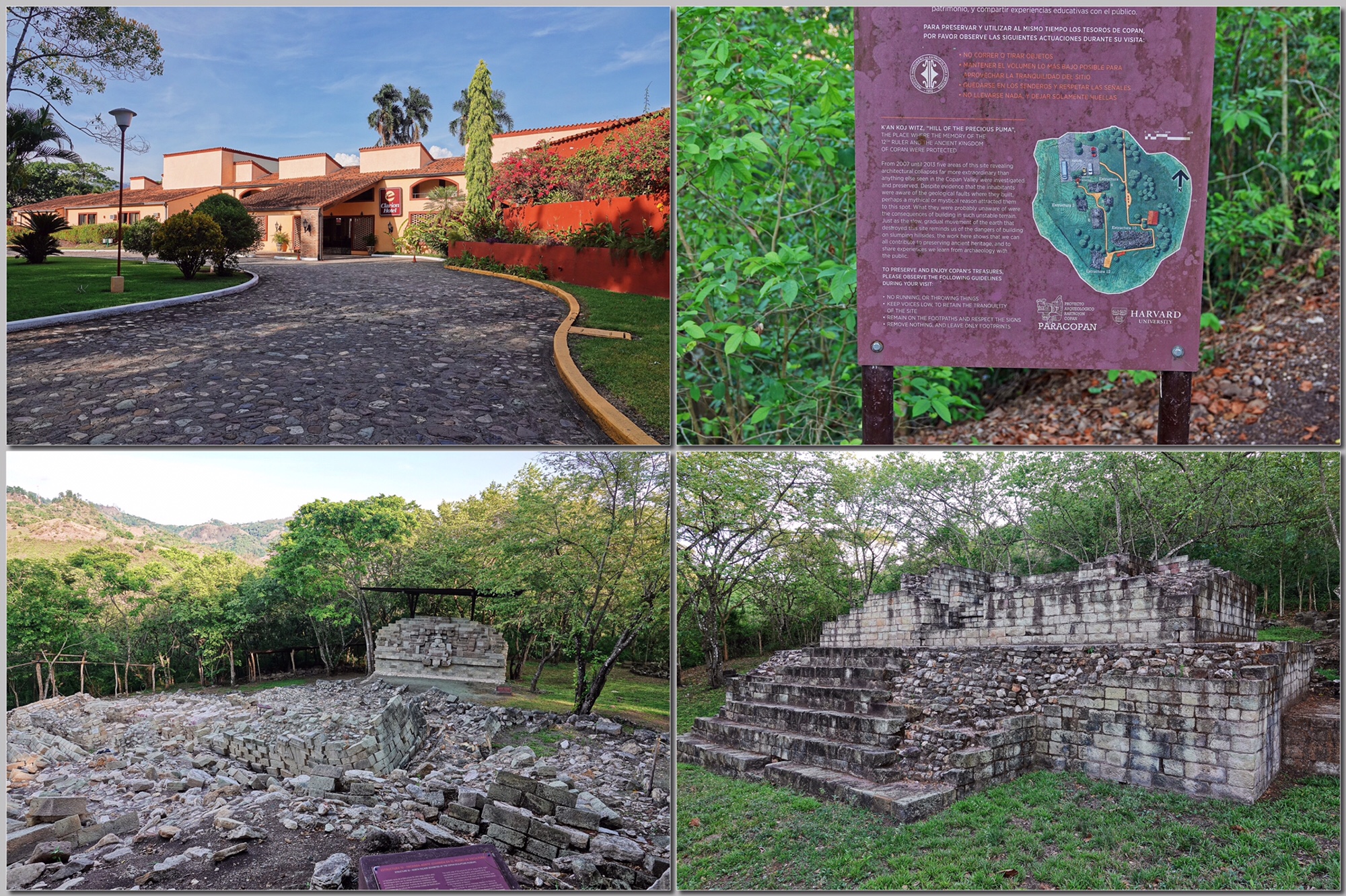
The Clarion is the least expensive of three hotels that Alex uses in Copan Ruins. It is modern, with comfortable rooms, a great restaurant, and extensive grounds. If you are more interested in birds and photography than in luxury accommodations, but demand a nice surrounding and comfort, then the Clarion is the choice for you. I should say that May is the “low season” for hotels (and birding) in Honduras. The first night I may have been the only person staying at the Clarion, though the second night there might have been one other guest. I ate alone in the excellent restaurant each morning and night…though the full menu was available and the service was excellent. (http://clarioncopan.com/)
I also got my first bird of the trip on that walk at the Clarion. The very wide-spread Lesson’s Motmot sat on a limb in the dark under the canopy, with brilliant blues and its long bobbed tail feathers trailing, and let me take a few pictures. It was especially dark as evening was coming on, and my first photos of the trip demonstrated one of the major challenges of photographing birds in the forests of Honduras and all of tropical Central America. Light! Too often, there is just not enough light. I shoot in Program and auto ISO and my ISO was pushed right up to my practical limits at 6400. A one inch sensor camera like my Sony RX10iv does not have the same image quality at higher ISO as today’s full frame DSLRs, but all in all, considering that I, at my age, would not carry a full frame DSLR and a 600mm f4 lens in the tropics (or anywhere else), I am happy with the results the Sony brought back…even in extreme low light conditions. And, I was very pleased that the Sony was able to auto focus even in the lowest light.

The next morning Alex picked me up for the short drive to Copan Ruins. Copan is the major Mayan site in Honduras, and a particularly fine example of Mayan ruins…full of amazing carvings and buildings on grand scale. It is, of course, worth seeing in its own right, but for a birder and bird photographer, the main attraction has to be the Scarlet Macaws. The Scarlet Macaw was important in Mayan culture and religion and is featured in many of the carvings at Copan. It was clearly common in the area in Mayan times, but it has died out in modern times. The Macaw Mountain Bird Center in the hills above Copan Ruins pioneered a reintroduction program, with chicks raised from pairs of Macaws rescued from the pet trade. These birds were released at Copan Ruins and successfully nested on the grounds and raised chicks of their own. The free-flying, wild population has grown to over 40 individuals now, and the birds are spreading out from the Ruins themselves to recolonize the hills around the city. It is a great reintroduction success story.

They still provide feeding platforms for the Macaws at the Ruins, and put out fresh fruit every morning. There are few experiences in the world as fine, for the photographer or bird lover, as standing among the feeding platforms just after 9 AM, surrounded by 40 Scarlet Macaws.

The Macaws pay no attention to humans. They are too busy competing with each other for the fresh fruit. They are especially avid during nesting season, when we visited, as many of them have chicks in the nest to feed. We had birds perched as close as 5 feet, and birds in flight all around us. Catching a Macaw in flight at close range is a real challenge. They are big and fast, and very hard to keep in the frame long enough to catch focus. I found that I could not follow them in the eye-level viewfinder on the camera. I resorted to extreme Point and Shoot tactics…simply pointing the camera in the right direction and shooting off a 10fps burst…hoping that 1) I had the birds somewhere in the frame, and 2) that the auto focus would lock on some of the time. Reviewing the images that night, it worked surprisingly well. Of course, it was a percentage thing…and would not have worded if I had had only one chance at flying Macaws…but with as many attempts as I made, some were bound to work. I came back from the morning with over 4000 exposures. 🙂

Of course we also found Macaws perched among the ruins, for some really classic shots of the birds on Mayan carvings.
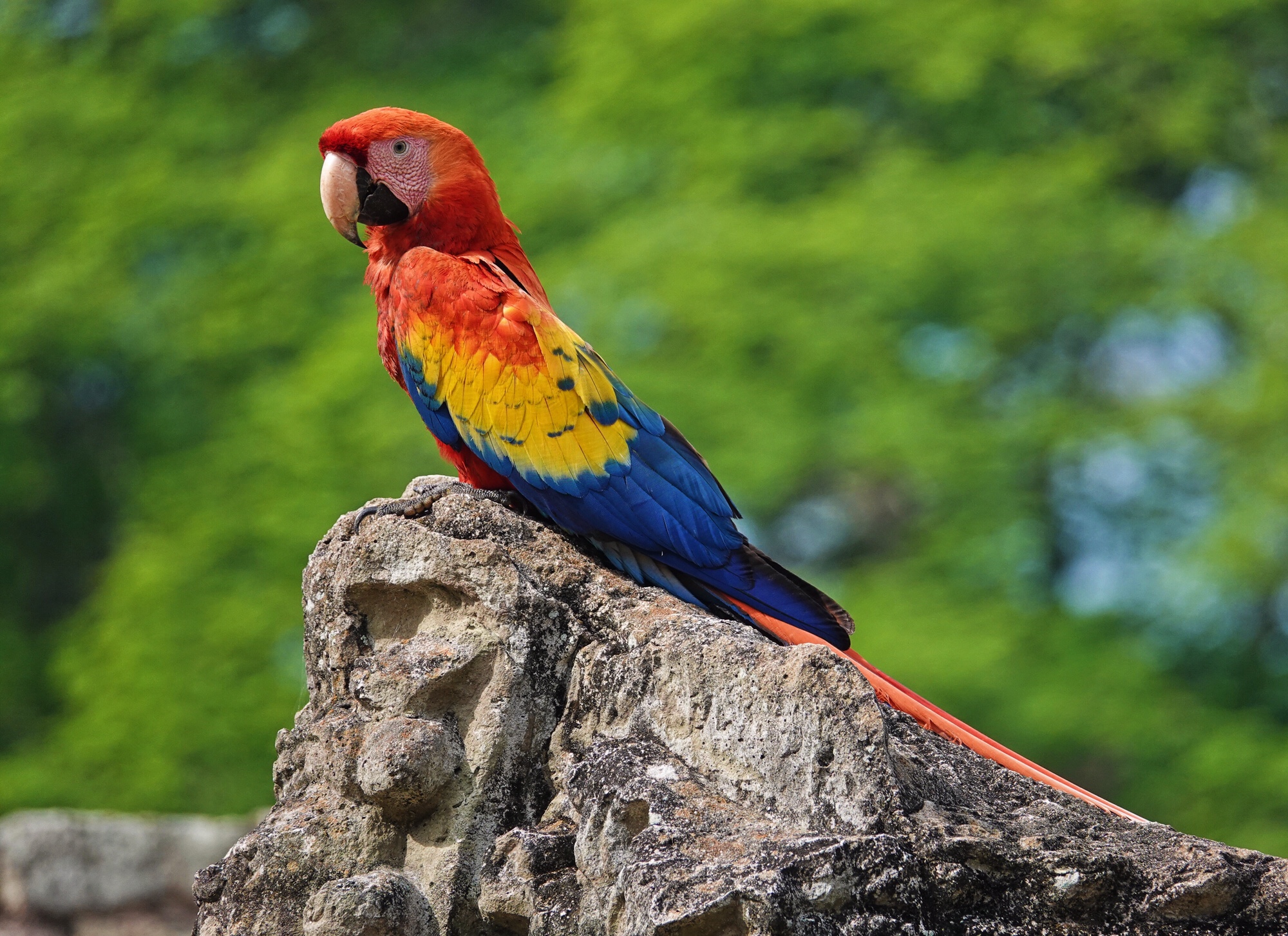
As we walked through the extensive grounds, Alex spotted a couple of workmen at ease in one corner of a ceremonial courtyard below us. He called down to them and they explained that they were “guarding” the nest of Turquoise-browed Motmot, where the adults were actively feeding young. They invited us to come down and we descended the steep step like wall of the courtyard and spent 45 minutes watching and photographing the Motmots. The nest was in a hole between two of the stones of one of the courtyard walls, under a massive tree that had sprouted generations ago at the foot of the wall. Male and female motmots were taking turns bringing bugs and spiders to the nest. We could not see the young, but the adults would land on a rock near the nest and then make a short direct flight into the hole. They would often sit in the branches of the overhanging tree right in front of us, before diving to the rock.

A little further on we found a nest of Boat-billed Flycatchers with 3 chicks.

Of course the ruins themselves are worth seeing. Copan is has one of the best Mayan sites for sculpture, as well as having a wide range of buildings and courts.

For those wanting a more luxurious stay, Alex also uses the Hotel Marina Copan in downtown Copan Ruins. We visited the Marina after a lunch of the local chicken speciality. The Marina has standard and deluxe rooms (both of which looked pretty deluxe to me) and small suites. The suites have hosted American Presidents and other dignitaries over the years. The grounds are small, but there is beauty in every nook, lush courtyards everywhere. In our short visit there, I saw orchids, butterflies, dragonflies, and a surprising number of birds (including a pair of Green Herons nesting in one of the courtyard trees). (https://www.hotelmarinacopan.com/)

The final possible Copan Ruins accommodation is at lodge in the foothills above the city, Hacienda San Lucas. It is up a typically Honduran dirt road, rough by almost any standard, but the lodge itself is quaintly attractive, with a dozen rooms terraced up the hillside. It provides a more rustic, if completely comfortable, experience of Honduras, and the extensive grounds are home to all the typical birds of the foothills, including Magpie Jay and Elegant Trogon. They even have a nesting box for Scarlet Macaws and Macaws have started coming to the feeders there. The lodge, being smaller and more specialized, is the most expensive accommodation option near Copan Ruins, but it might be the most authentic and certainly provides the best on-site birding. We looked for the Elegant Trogon, without success, but did find a small flock of Magpie Jays. (http://www.haciendasanlucas.com/)

Our final stop in Copan Ruins was the Macaw Mountain Bird Center, where the Macaw reintroduction program got its start. Feeders around the deck at the coffee shop have begun to attract a wide variety of birds, and it is one of the best places to photograph birds in the area…perhaps in Honduras. Photo orientated trips sometimes spend a full day at the center, mostly sitting on the deck sipping coffee and waiting to see what will come. In our short visit I was able to photograph Keel-billed Toucans, Collared Aracari, Yellow-napped Parrot, Streak-backed Oriole, and Montezuma’s Oropendola…as well as Grey Cracker Butterfly. http://www.macawmountain.org/


The next day we left Copan Ruins early and drove back to San Pedro Sula to pick up Older Rodriguez, a young guide who has worked for The Lodge at Pico Bonito (perhaps the best known birding destination in Honduras). He had visited the Opatoro Highlands and La Tigra National Park once before but was interested in birding the region again. We arrived at our hotel outside the village of Marcela in the foothills below the Opatoro Highlands by late afternoon. Hotel La Casona is not as rustic as Hacienda San Lucas, but it is definitely a more rustic than the Clarion. The rooms are comfortable, they have a basic restaurant for breakfast (and there are many restaurants in-near by Marcela), and the hotel is part of extensive grounds that include tilapia ponds, plantations, and a unique church on top of the hill across the valley. The first afternoon we went in search of a nesting Great Horned Owl, not all that common in Honduras, and saw it at a distance. While there we also chased down Whiskered Screech Owl and had good sightings of Ferruginous Pygmy Owl. Three owls is pretty good for any location. (https://www.facebook.com/hotel-La-casona-Marcala-La-Paz-270452666295/)
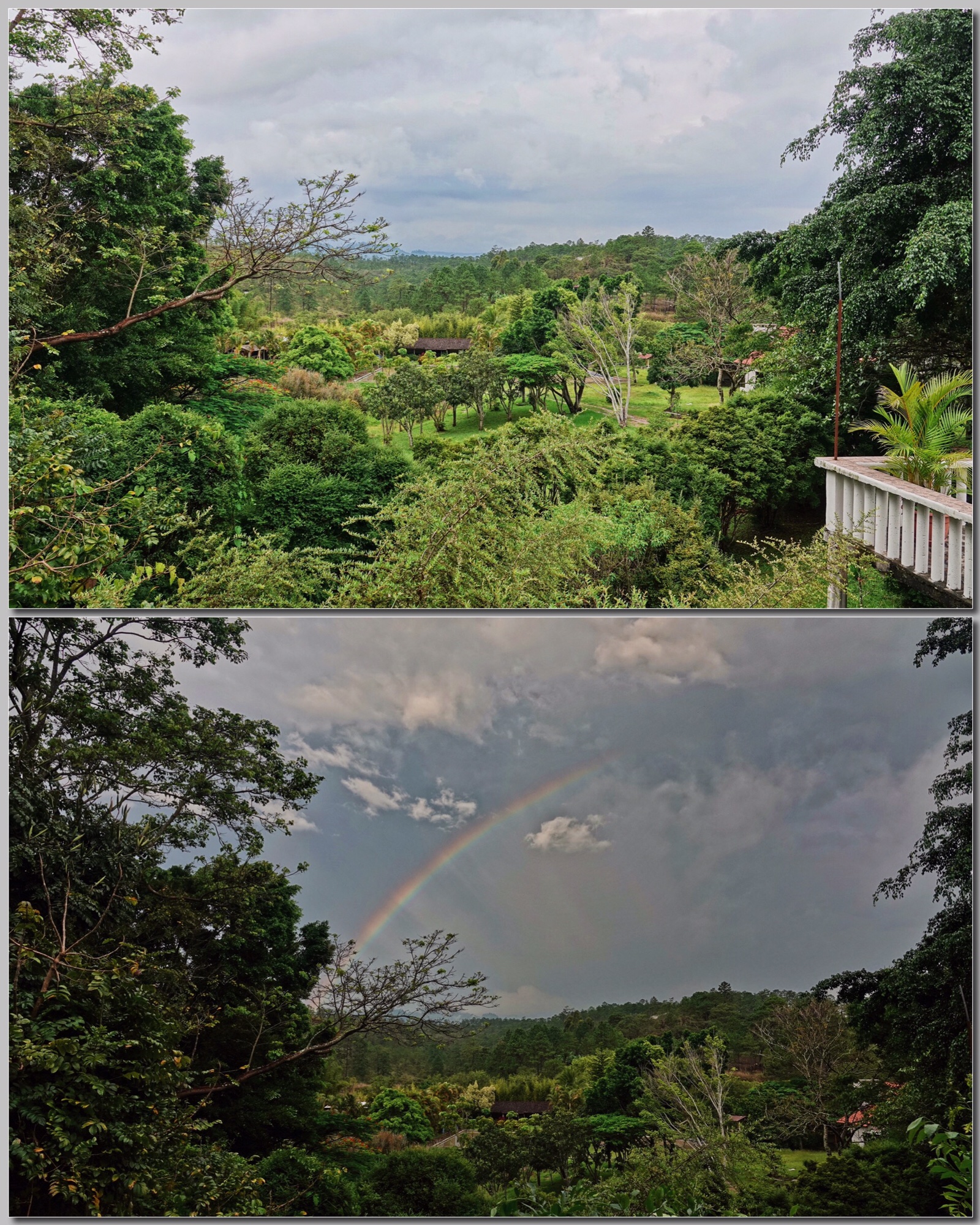
While out for supper, we laid in supplies for a full day in field, including breakfast and lunch, and were off soon after dawn for the Opatoro Highlands…the highest forests accessible by road in Honduras. The highlands are coffee country, producing some of the most sought after beans in the world. Because of that, and the heavy truck traffic the roads get in season, the roads are a challenge. Alex is used to them, and got us safely up into the highlands. We were searching for the signature bird of the region…the Blue-throated Motmot. Though we looked in all the right places, the best we could manage that day were glimpses through the dense foliage. We had better luck with the Fulvous Owl, which came to a call about 1/4 mile off the road exactly where Alex predicted it would be.

Best of all, as far as I was concerned, were excellent views of both male and female Mountain Trogons. I am always happy with Trogons and the Mountain was a new bird for me. Lunch was picnic style under the trees beside the road. We even had a second Fulvous Owl late in the day when we went to check to see if a Resplendent Quetzal was near its nest. No Quetzel, but the owl right overhead almost made up for it.

The next morning we were out on the grounds of Hotel La Casona in search of Crested Bobwhite quails. We found two groups…in addition to good looks at Whiskered Screech Owl, Ferruginous Pygmy Owl, Spot-breasted Oriole, and Eastern Bluebirds.

It was about two and a half hours from Marcela to Tegucigalpa. Tegucigalpa is the capital of Honduras, and does not have the best of reputations in the US, so I was interested to see what it was like. It is a crazy city, with narrow streets, and lots of traffic of all kinds, but other than taking a long time to get through downtown, it was much like any other Central American city…more of an overgrown village, or a large number of hill top villages that simply filled the valleys between them, than it is like a North American city. As the home of the University of Honduras and all the government agencies, it is full of art and culture and very alive. Our hotel, Los Gloriales Inn, turned out to be well out of the city itself, up on a high ridge across a deep valley from La Tigra National Park. The Inn is built of rough red stone. My room had a flagged stone floor and two fireplaces, as well two sleeping areas and a small kitchen. All very rustic but very comfortable. Hanging curtains around the bed I slept in. There is a complete restaurant in the central lodge, with a traditional Honduran outside kitchen. Again, being the low season, our group to 3 were the only guests. We ordered traditional breakfasts and a common meal at supper.

Los Gloriales sits in a coffee plantation and the coffee processing buildings are across the road from the Inn, right at the edge of the almost vertical drop into the valley between there and La Tigra. Mature trees and bushes along the drop attract all kinds of birds in season. We had Yellow-backed Oriole, Squirrel Cuckoo, and two Emerald Toucanettes. The Toucanettes were a real treat…a bird I had only seen poorly in deep forest, or at a distance. They were close and cooperative at Los Gloriales. (https://www.facebook.com/Gloriales-Mountain-Inn-120257305226404/)


After breakfast the next morning we were off to La Tigra. (https://en.wikipedia.org/wiki/La_Tigra_National_Park) La Tigra National Park was the first National Park in Honduras. It is silver mining country and after the mines played out, the land became available for conservation. It was set aside as a national park in 1980. It is mix of high rainforest and cloud forest, and rich with birds, mammals, reptiles, rare plants and all manner of natural life. Hondurans are justly proud of it, and since is only a short drive from downtown Tegucigalpa, it gets a lot of visitors.
On our way up to the park, near the entrance gates, we had our first good birds of the day. We stopped by a little overgrown stream that passes under the road and two Ruddy Crakes responded to Alex’s recordings. We watched them, and attempted photographs, for about a half hour as they worked their way up and down the chocked water flow, feeding. “Attempted” is the operative word there. 🙂 Crakes are notorious for always being behind or under vegetation, and these were no exception. I have a lot of “pieces of crake” that might be assembled into a whole crake with some imagination.

While still watching the Crakes, a pair of Chestnut-capped Bushfinches appeared in the brush on the other side of the road behind us. Photographically, they proved almost as elusive as the Crake. Good birds though.
When we arrived at the park itself we hiked in to find the area where Wine-throated Hummingbird are known to feed. It was a longish hike, but along the way we had good sightings of Tawny-throated Leaftosser…a bird that is evidently not that easy to see anywhere, and great views of Singing Quail…singing!

When Alex found the Wine-throated Hummingbirds they were well off the trail, down a sharp slope, and in deep cover…well, actually, there was a little opening in the surrounding forest where they were actively feeding, but there was no easy way to get in there to see them. “No easy way” did not stop Alex from bushwhacking deep into the brush and undergrowth, and climbing over fallen trees and branches buried in tangled, and tangling, vines to reach a perch where we could see the hummingbirds. Older and I followed him in, while Alex called back with encouragement. “This will be the photo of the trip!” And I have to say it was worth it. Once perched precariously in the vines, we had excellent views of the Wine-throated Hummingbird feeding and returning to one of several favored perches. We spent 45 minutes there watching and photographing this amazing hummer. The Wine-throated is tiny but it as one of the most amazing gorgets in the hummingbird world. I took way too many exposures. 🙂
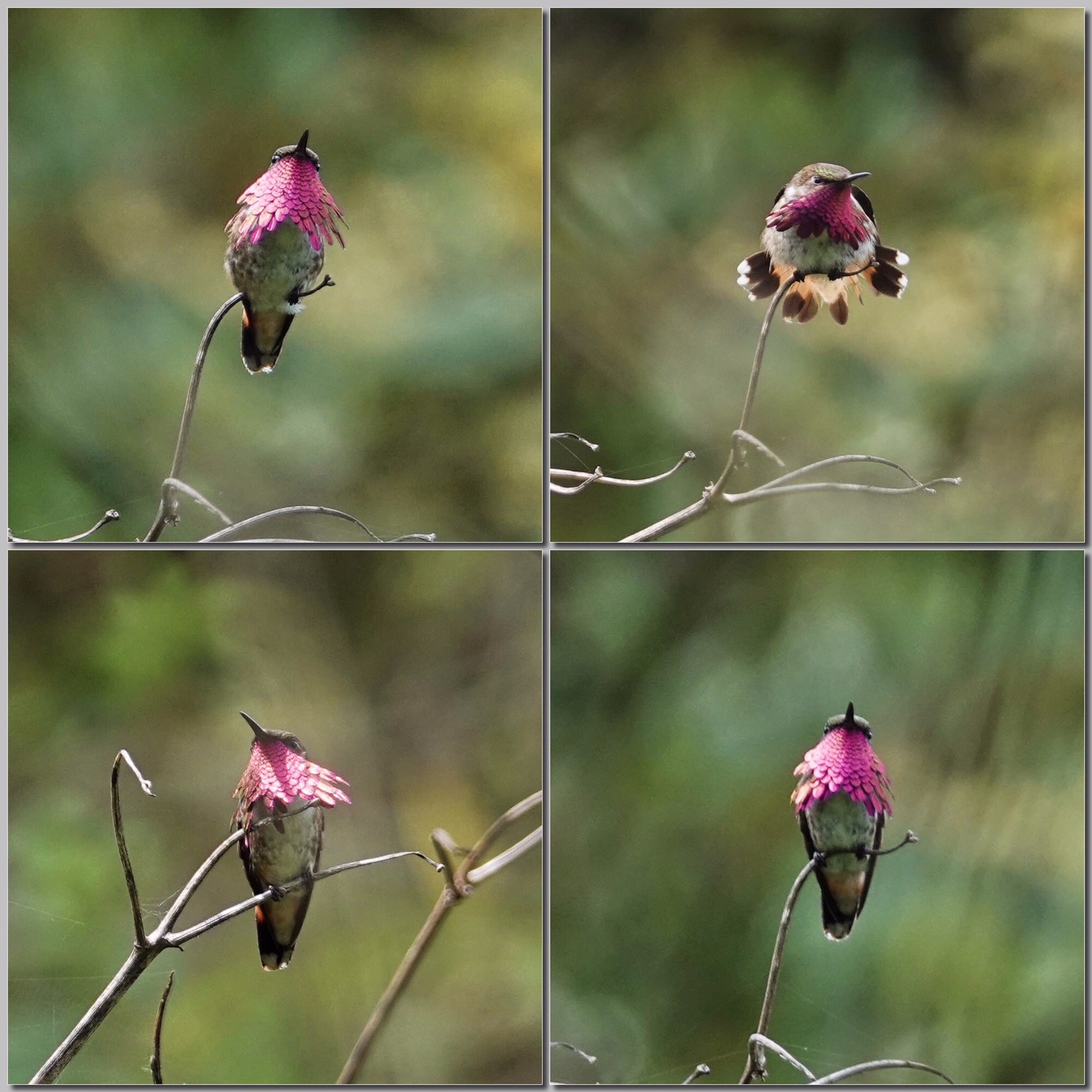
On the way back out, Alex spotted a Forest Viper in brush beside the trail and hooked it out onto the path for a better look. We had lunch at the little cafeteria near the Visitor Center and rested before one of the park rangers joined us for the real mission of the visit. In May there was an active Resplendent Quetzal nest up the mountain from the Visitor Center, and we hiked in, and then off the trail a hundred yards (all up-hill) to stand at a respectful distance and watch for the adult Quetzals coming to the nest to feed the chicks. Though we spent an hour there, only the female came. I say “only” but we are talking Resplendent Quetzal here…and the female is spectacular enough.

We birded around the Inn the next morning and I got some excellent shots of Squirrel Cuckoo, before leaving for the drive to Panacam Lodge. Before we were down the mountain, we stopped at a city park at the edge of Tegucigalpa for good views of Acorn Woodpecker, Bobwhite Quail and another Lesson’s Motmot…as well as amazing views of the City below us. The park is home to the traditional giant stature of Jesus overlooking the City, common in almost every Spanish speaking country of the world.

Older left us in La Guama, on the shores of Lake Yojoa, and at the foot of the Blue Mountains where Panacam Lodge is a major birding attraction, to continue his birding adventures with a planned week in Guatemala, while Alex and I made the drive up to Panacam. I remember thinking, on my first visits to Panacam, that the road in was a challenge. Now having been on more Honduran mountain roads, I can say that the road to Panacam is exceptionally well made and maintained. 🙂
Panacam Lodge is the official lodge of the Parque Nacional Cerro Azul Meambar, or, in rough translation, Blue Mountains National Park. There is an excellent restaurant / gift shop / a small conference and event center and a variety of cabins and rooms scattered down terraces below…as well as miles of trails. Birding on the grounds is always excellent, with active hummingbird feeders attracting numerous species, nesting Chestnut-headed Oropendolas, at least two Trogons, and several Motmots, including the hard to see Keel-billed Motmot. A short walk down the entrance road will generally turn up at least a half dozen additional species: Red-legged Honeycreepers, Golden-crowned Tanagers, Orioles, Seed-eaters, Ferruginous Pygmy Owls, Montezuma’s Oropendolas, etc. Add in the exceptional views out over Lake Yojoa, and Panacam is just a wonderful Honduran birding destination.

We spent our first day at Panacam exploring the margins of Lake Yojoa. Lake Yojoa is the largest natural body of water in Honduras and it attracts hundreds of species of birds. It is also home to extensive Talapia farms. It is a major tourist attraction for Honduras, and there are resorts and restaurants all around the edge…as well as another park…Eco-Arqueológico Los Naranjos. Since it was looking like rain by the time we got to the lake, we started the day at one of the lake-side resorts just off Rt C5, the main route between San Pedro Sula and Tegucigalpa. The resort had a covered boat shed and a long dock reaching out toward the open water with a covered area at the end. As it turned out, we did not get rained on anyway, but the dock provided excellent views…amazing views…of hunting Snail Kites, Limpkin, Purple Gallinules, Bare-necked Tiger-Herons, Great Egrets, Black-crowned Night-herons, Fulvous Whistling Ducks, Grove-billed Anis, and Red-wined Blackbirds. I could easily have stayed all day, watching and photographing the Lake-side birds.


We moved on though to another resort, Hotel y Finca Las Glorias for lunch and turn around the grounds. Here we again hand access to the marshes that line the lake for more birding.
After lunch we drove to Los Naranjos and walked the trails there. It was hot, and the slow time of day for birding, but we still managed some good birds, including a Blue-chested Hummingbird and excellent views of a Berylline Hummingbird. The Arqueologico part of the park involves ruins of a culture common in the area prior to the development of the Mayans. The highlight, for me at least, was a flowering bush at the base of one of the ancient mounds that was attracting a wide variety of bright butterflies. Alex and I spent at least 30 minutes with the bush and its beauties, before continuing on back to the car and Panacam. In the high season, Los Naranjos is full of birds and definitely a place you want to visit while at Panacam.

Late in the afternoon, Alex and I took another walk down the entrance road at the lodge and discovered a nest of Lesson’s Motmots in the bank beside the gate. The chicks were calling loudly for food. They were big, about ready to fledge. I was able to get a flash photo of them in their cavity. Further down the road, we found a Ferruginous Pygmy Owl in the bare top of a tree surrounded by a mixed flock of Honeycreepers, Tanagers, and Euphonias. It looked like the Honduran equivalent of a tropical Christmas Tree.

There were reports of an active Ornate Hawk-Eagle nest in the Santa Barbara Mountains (another National Park) so we made a breakfast appointment with Denis and his wife. Denis is one of the local guides being trained by Alex and a local village conservation project, Montana de Vida, run by Robert Lambeck, an Australian who has lived in the area for several years. I had met Denis before, on one of my previous visits to Panacam. One of the aspects of the Montana de Vida project is to encourage the local women to open their homes to birders who visit the area and offer meals. The idea is to convince the local villagers that there is an alternative to cutting down the high forest surrounding Santa Barbara National Park and planting more coffee, and, these days, avocado. We had both breakfast and lunch with Denis and his family.
We were joined for the hike into the Ornate Hawk-Owl nest by Esdres Lopez, another young guide who has worked with the Lodge at Pico Bonito and Alex’s Hondruan Birds, and by Robert Lambeck. The hike was steep, up rough trails that were cut to access a spring and waterline high up at the edge of the National Park. As it happens, we only caught a glimpse of the hawk flying off the nest, and while we waited an hour or so, it did not return…though it had been seen on most other hikes in. So it goes. The hike took us up through coffee and avocado plantations and into the cloud-forest and was totally worth the effort even if we missed our target bird.
You can find out more about the Montana de Vida project at http://www.montanasantabarbara.com/
On the way down the mountain, at the foot of the mountain near Lake Yojoa again, we stopped at the D&D Brewery and Lodge for a home-brewed Root Beer. The craft brewery, and mini nature preserve, attracts birders from all over the world when they visit the lake area, as well as Honduran vacationers. They do beers, root beer, and cola, and serve a menu typical of a craft brewery with a local Honduran twist…not to be missed. (http://ddbrewery.com/)
For my final day at Panacam, Alex took me to area I had never visited. Several years ago, he discovered a population of the endemic Honduran Emerald Hummingbird in the foothills around the El Cajon Hydroelectric dam. Since then, Alex Martinez Matute, a local birder, who owns and operates a restaurant and small hotel inside the El Cajon gates, El Rancho (https://www.facebook.com/hotelyrestauranteelrancho/), has tracked down several near-by locations where it possible to see the Honduran Emerald Hummingbird without taking the long drive into the Aguan Valley to the Honduran Emerald Hummingbird Reserve. He spent the morning with us, and showed other specialties of the area, including the Yellow-tailed Oriole (one of the few reliable populations in Honduras) and the White-necked Puffbird.

On the way back to Panacam Alex took me to EcoFinca Luna del Puente, a small lodge and campground in the foothills. (https://www.facebook.com/lunadelpuente/) Last time I visited, several years ago, they had nesting Northern Pootoos on the grounds. No Pootoos this time, but Alex led me deep into the thickets behind the lodge to look for the elusive Tody Motmot. The Tody Motmot is the smallest of the Motmots in Honduras and Central America, and the only one without the bobbed tail feathers. We had several good sightings, and even managed a few photos in the semi-dark of the deep undergrowth under the heavy canopy. Right by the lodge we had a chance to observe and photograph a Black-crowned Tityra hunting insects from a low perch.

I as due a the airport the next morning for my flight home, so we only did a short walk down the road from the lodge…but we got good shots of Spot-breasted Orioles, Masked Tityra, and a close encounter with the Ferruginous Pygmy Owl. Back at the lodge, just before loading up the car for the final trip to the airport, I got the bird I had been wishing for on my last day…a trogon for Panacam…the Collarded Trogon.


On the way back to the airport, I asked Alex about how he got into birding. I had heard bits of the story in past visits and knew it was a story worth hearing in full. Alex grew up in Honduras and attended a technical school to learn a trade as an electrician. He, along with many Hondurans his age, entered the US illegally, where he worked in the Landscaping industry until he was arrested and deported. Back in Honduras, and settled with his parents in their new home in a village near Copan Ruins, he managed to scrape together a living doing construction work, but his ability to speak English lead to his being asked to help teach the language at a local school. One of his students there told him his English was really good enough so that he ought to find a job in the tourist industry, and introduced him to his father, who was a manager at the Hotel Posada Real de Copan today it is Hotel Clarion . He worked on the desk, and in reservations. As I mentioned the Hotel Clarion has extensive, well landscaped, grounds, and Alex began to notice the birds near the windows of his work area. Soon he was coming to work early to see the birds…and it was only a short step from there to going out into the foothills and mountains around Copan Ruins to find more. “It was my salvation. Out looking for birds I felt whole and sane in a world that was getting out of control.” That lead him to volunteer at the Macaw Mountain Bird Center, where they noticed his interest and gave him his first field guide. Now, of course, he had to see every bird in the book, and he began to horde his days off to travel to other areas of Honduras looking for birds. As his knowledge grew, the folks he worked with at Macaw Mountain offered him a job there as an English speaking interpreter for their guests, and after a short trial period, he took it. Among the visitors to Macaw Mountain was a woman who organized tours from the US. She asked who could show her the birds of the area and the management at Macaw Mountain pointed her to Alex. When she got home she recommended Alex as a tour guide, Later High lonesome Tours came on a exploratory trip to Honduras they asked him to guide them to some of the harder to find birds. That lead to his first organized tour, arranged for High Lonesome the following year, and a real learning experience. “I knew the birds and I knew where to find them, but I knew nothing about logistics…how to move people to the birds.” With help from High Lonesome he was able to master the logistics before the next season and several of the international tour companies used him as their “man on the ground” in Honduras that year. Soon he had a website: Honduran Birds (http://honduranbirds.com/) and a company. Since that he has not looked back. His company provides guiding and logistics for almost all of the international tour groups that come to Honduras, and he organizes his own independent and private tours. His Honduran friends find it hard to believe that in a few short years he has built a business that supports his family…”I have a nice house…I have car…I have a good life.”…but mostly they continue to find it hard to believe that visitors to Honduras will actually pay him to show them birds. He laughs, “They are convinced I am up to something else out there in the jungle with these foreigners.” Honduran Birds has grown to the point where Alex employs several other native Hondurans as guides during his busy season…and he is a mentor for many of the younger Honduran guides. In the low season he also spends a lot of time in local schools introducing the next generation to the wonderful natural resources of Honduras and to the possibilities of nature tourism. There are other home grown Honduran birding companies these days, but Honduran Birds continues to be the “go to” company if you want to see the best of Honduras.

So, you might already know about the Lodge at Pico Bonito, and you might already have been there…but that does not mean you have see all Honduras has to offer. Honduran Birds and Alex Alvarado can show you much more on your next, or your first, visit to Honduras.









